One of the rarest and most valuable Jaguars in the world has just arrived here at British Sports Cars for repair and restoration work. This is an SS 100 Jaguar with coach work by the Belgium company Van den Plas. This car was sold to Van den Plas in 1939 and was to be used to show Jaguar what they could do. Unfortunately, due to World War II, the project stalled out and was not completed until 1948.
In our opinion, this is one of the most elegant Jaguars every built, with its gorgeous body very similar to what you would find designed by Figoni et Falaschi. Everywhere you look on this car you find something wonderfully designed and nothing less than gorgeous. It also has those very similar swooping lines that you find on Jaguar XK120s and MK VIIs, leaving us to wonder if Sir William Lyons used some of the styling cues in his designs.
This car is a 1939 SS100 2 1/2 Litre Jaguar, and was the last SS100 2 1/2 Litre chassis to be sold. What’s interesting is that this car doesn’t have any SS badging on it at all, which we assume is because it was completed after World War II—after SS Cars Limited changed the company name to Jaguar.
Here at British Sports Cars, we are huge fans of SS cars and are blessed to have a couple in our personal collection. We are very pleased to have been entrusted with such a significant and valuable SS Jaguar. It’s been sitting in museums for years, and we couldn’t be more honored to be entrusted with bringing it back to life and putting it back on the road.
Once back on the road, we’ll keep you updated, so make sure to check back for more about this one-of-a-kind SS Jaguar.
And now for the photos of this rare example of pure elegance.
Click on any of the following thumbnails for full-size photos. You can navigate through the slides by clicking on the right and left-hand arrows on the photo or using the < and > keys on your keyboard.

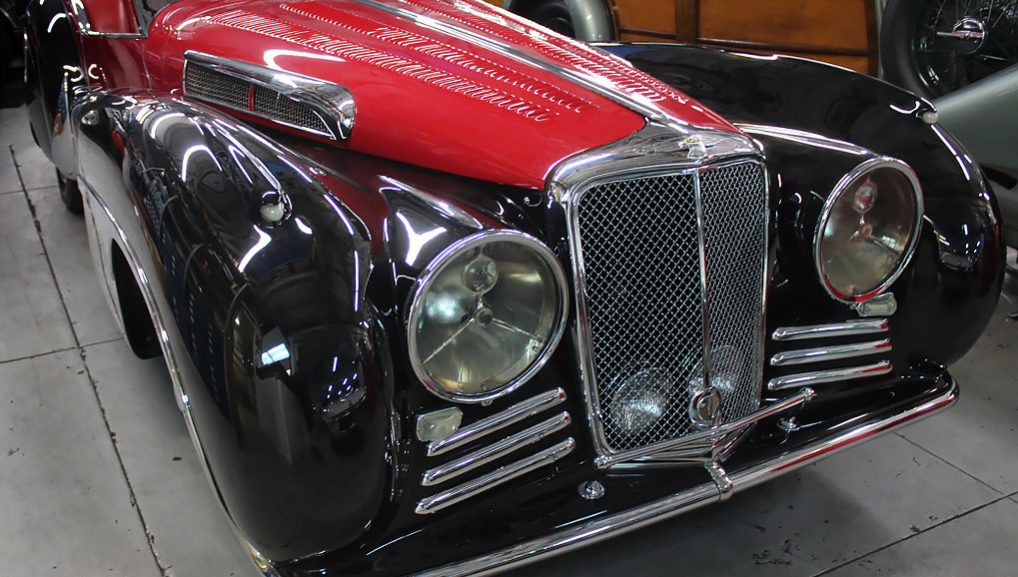



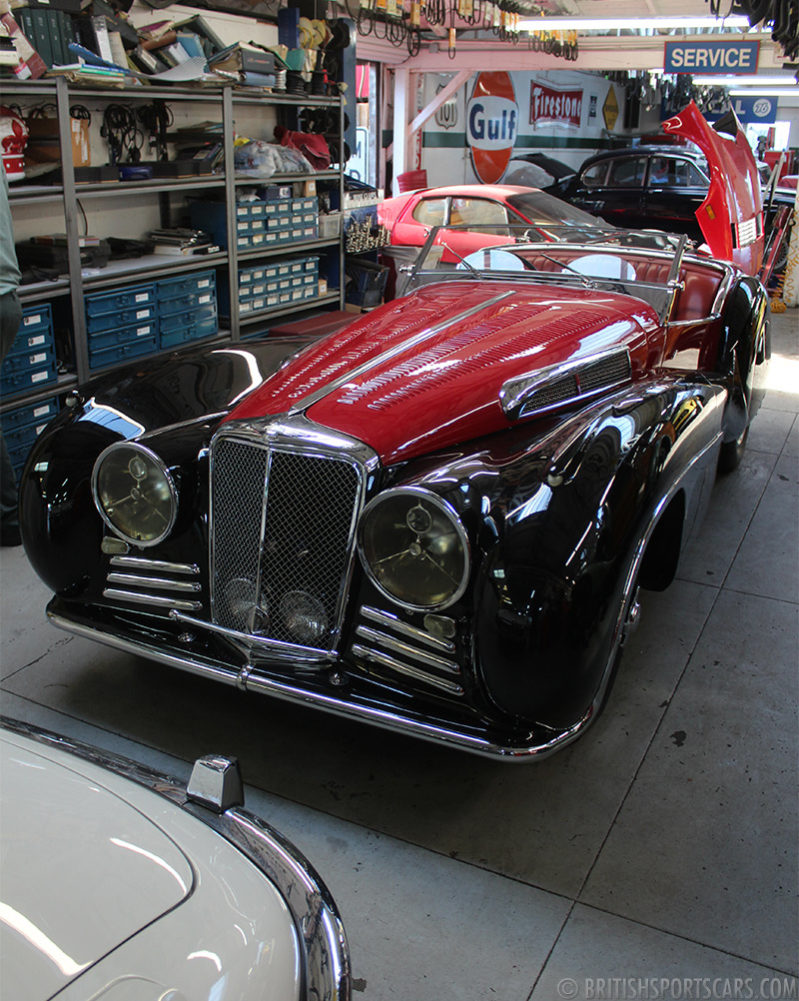
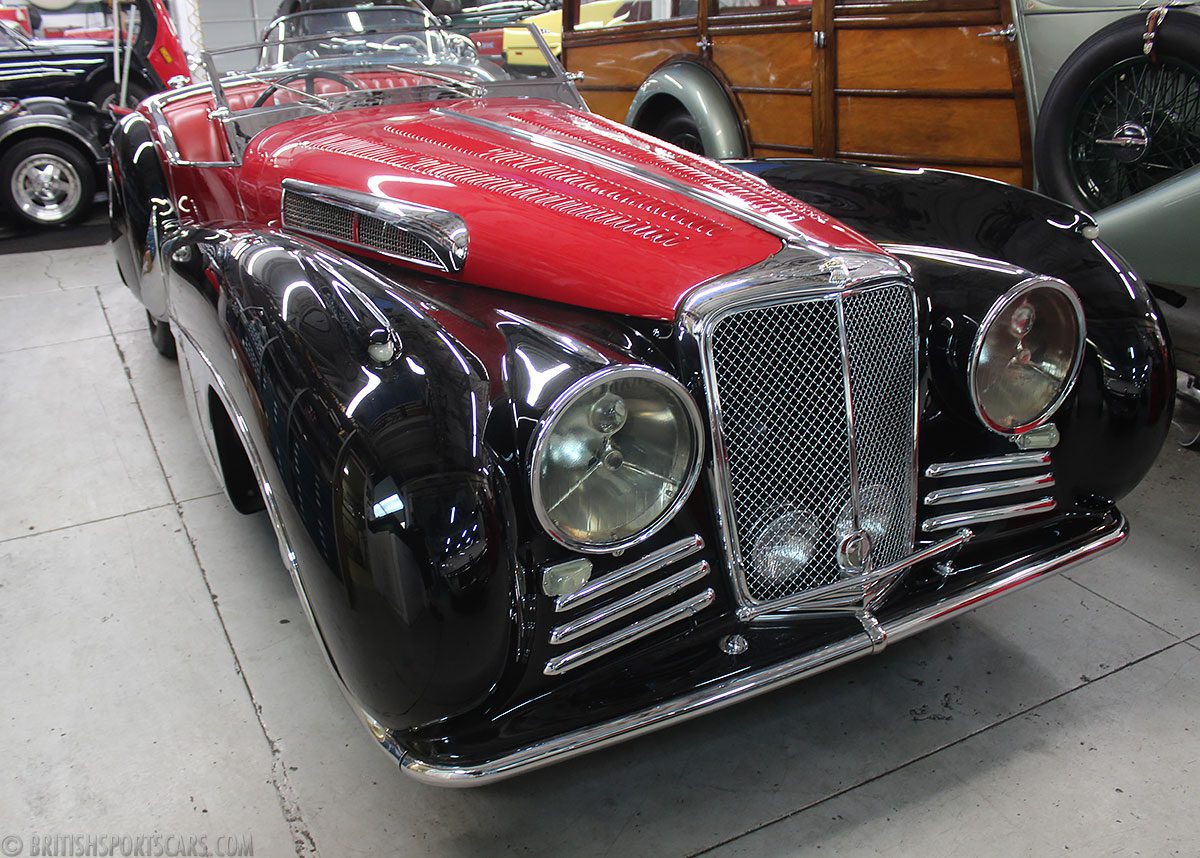
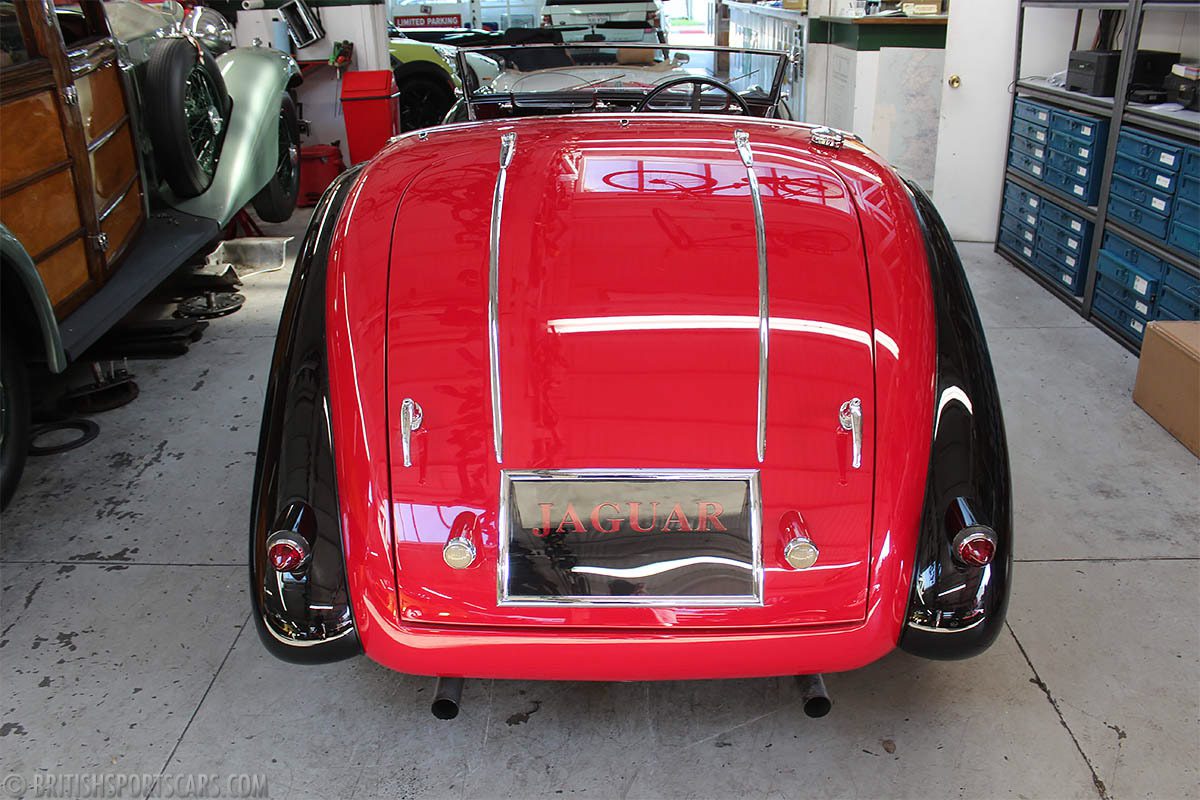
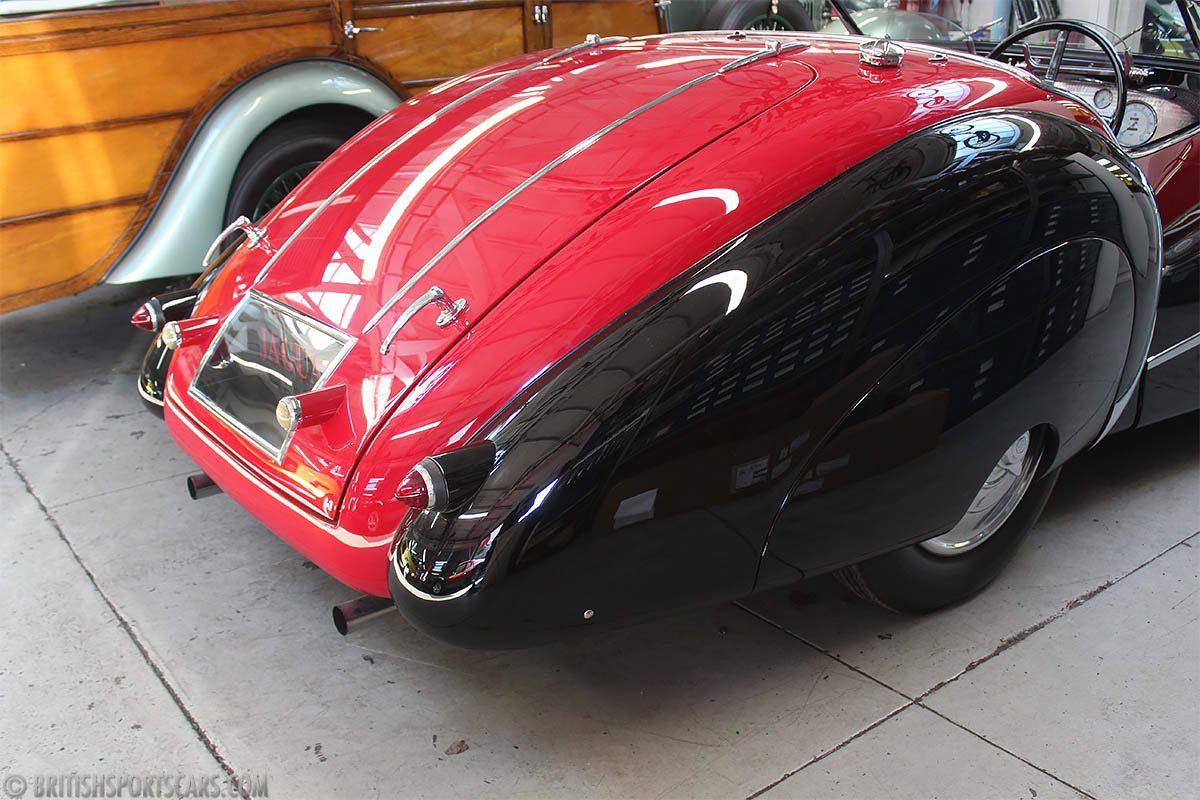
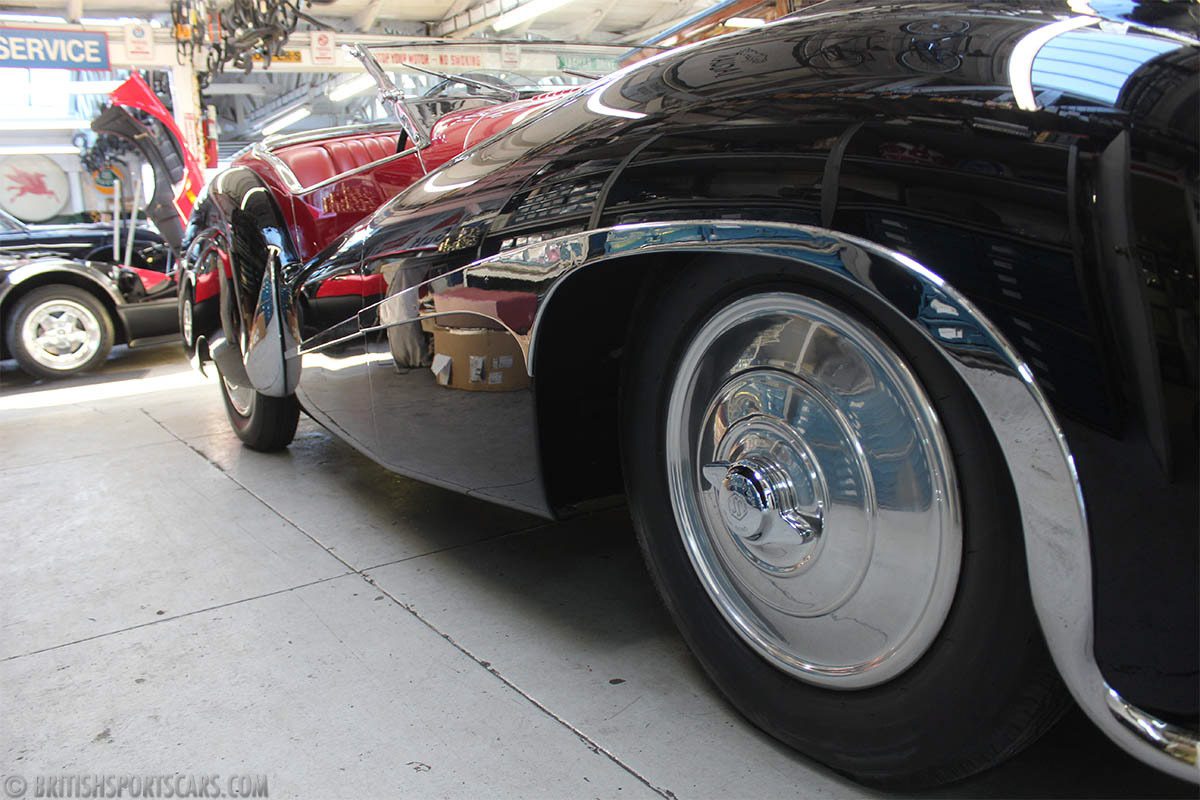
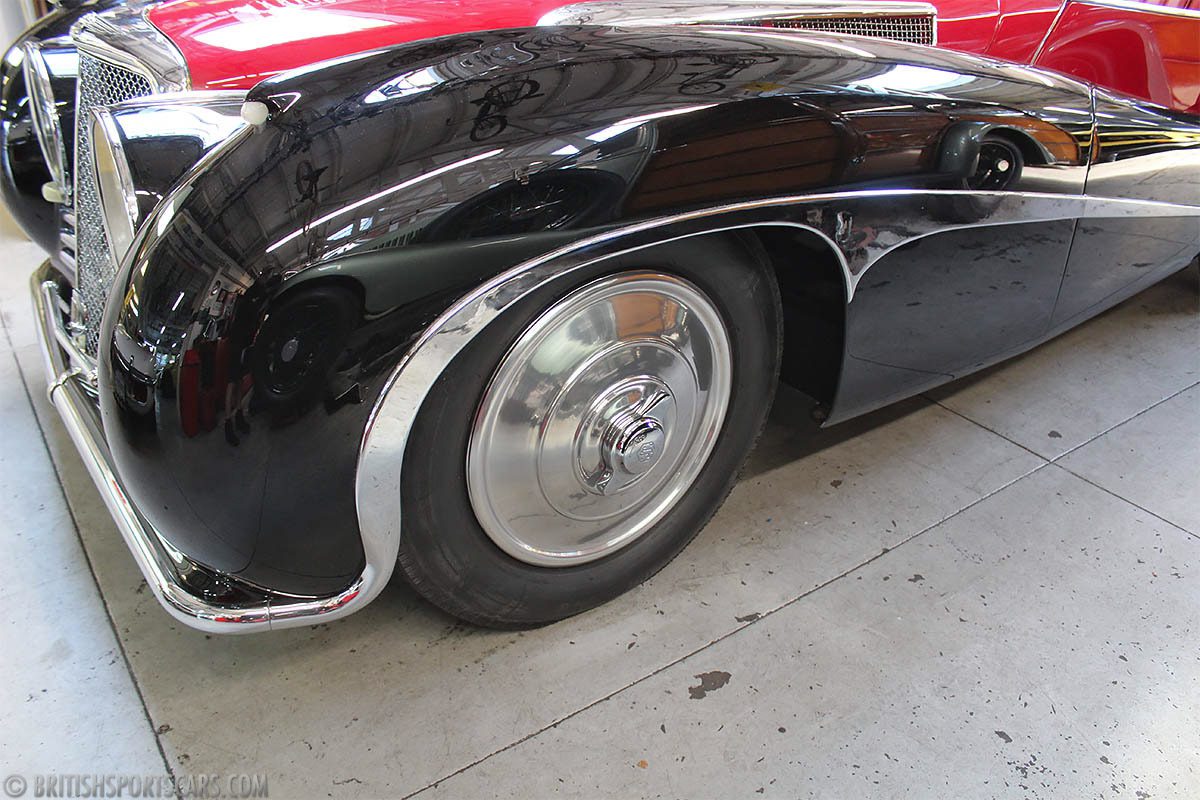
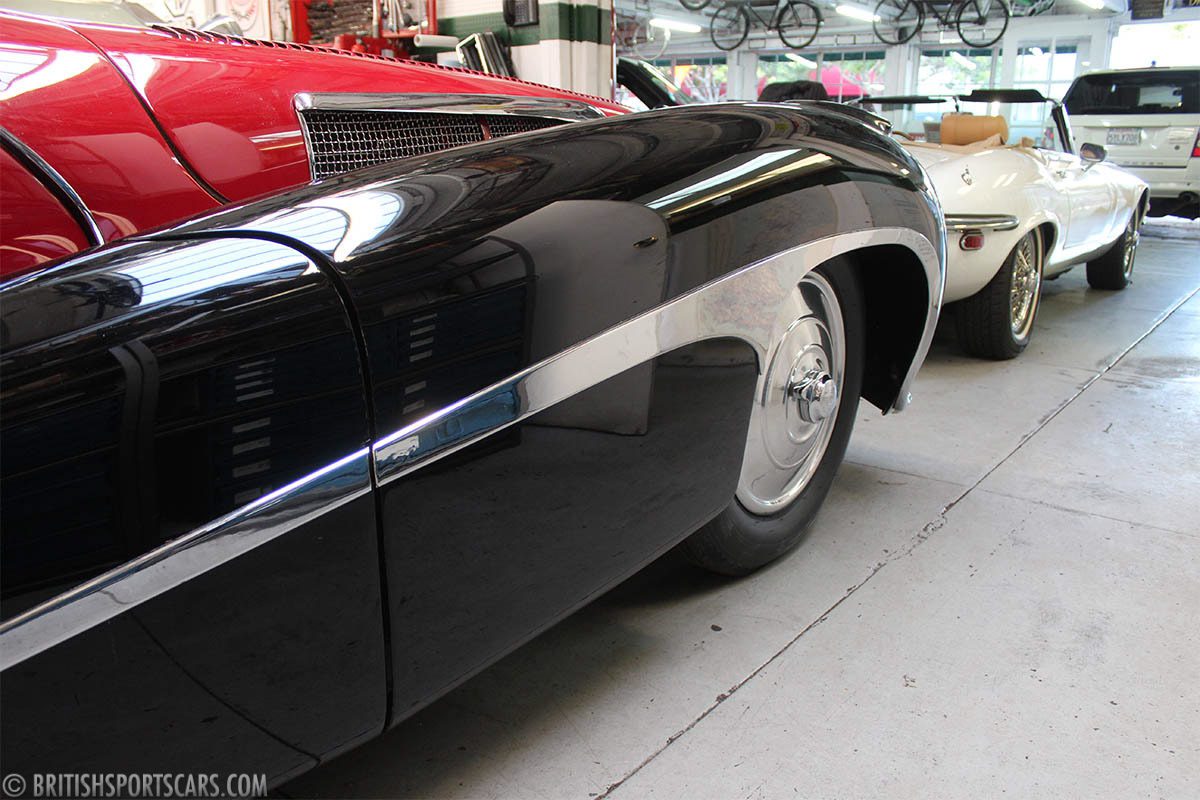
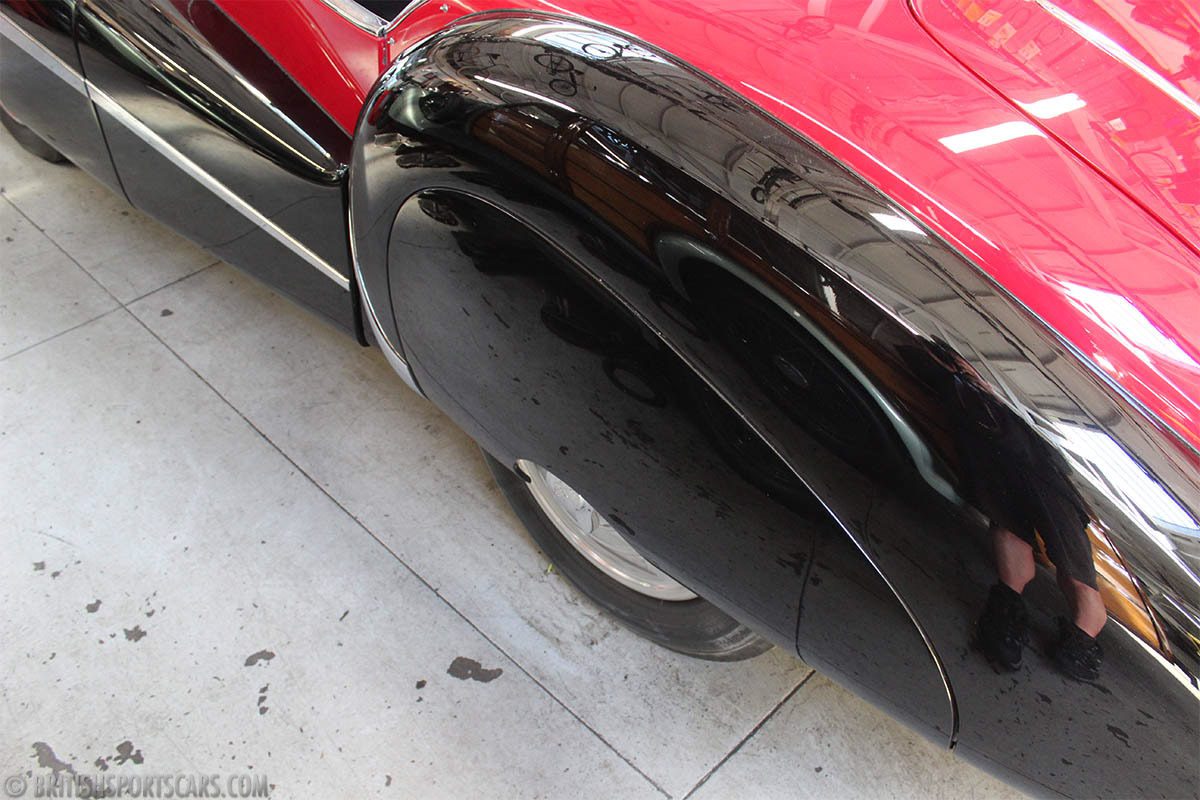
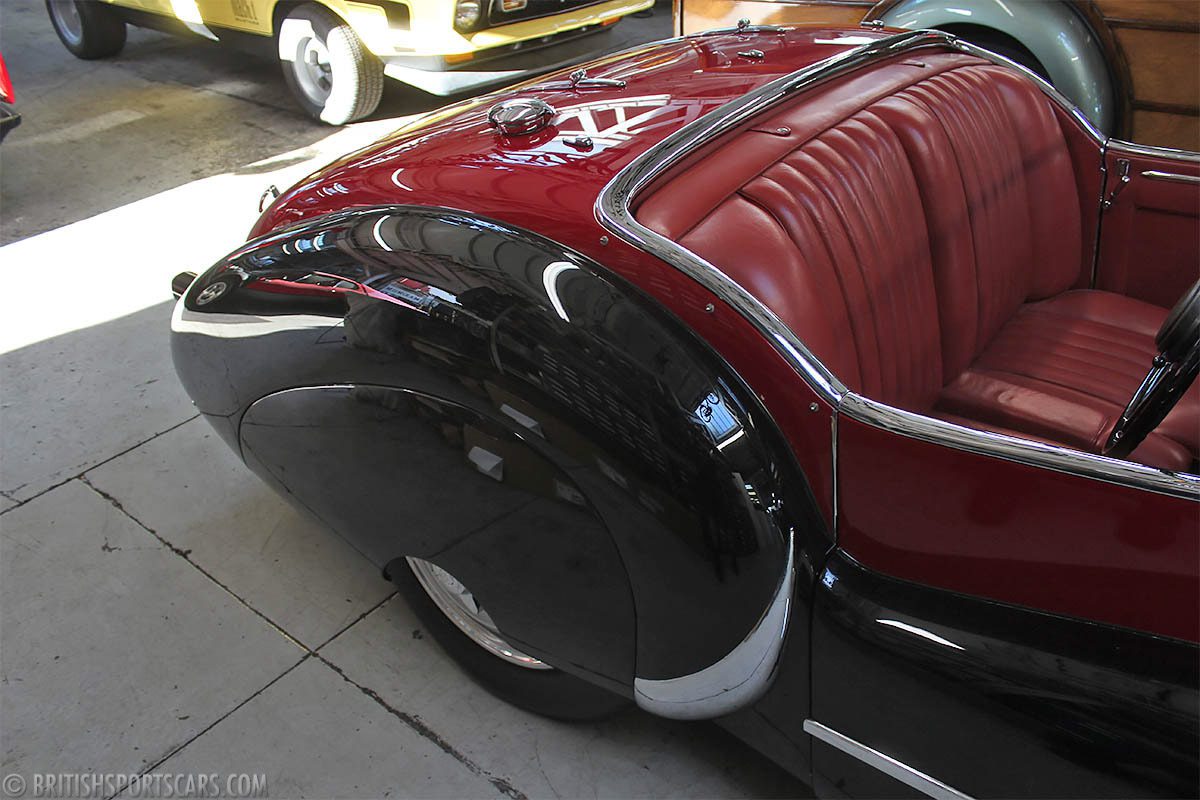
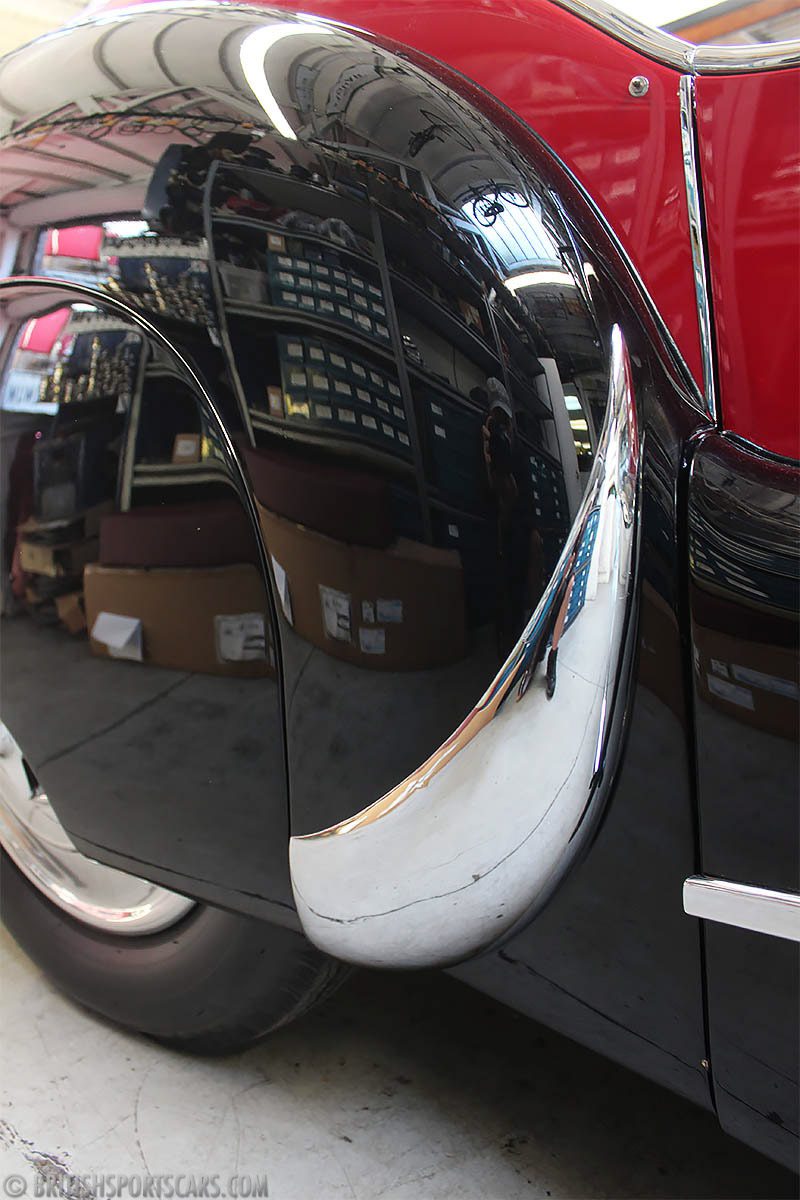
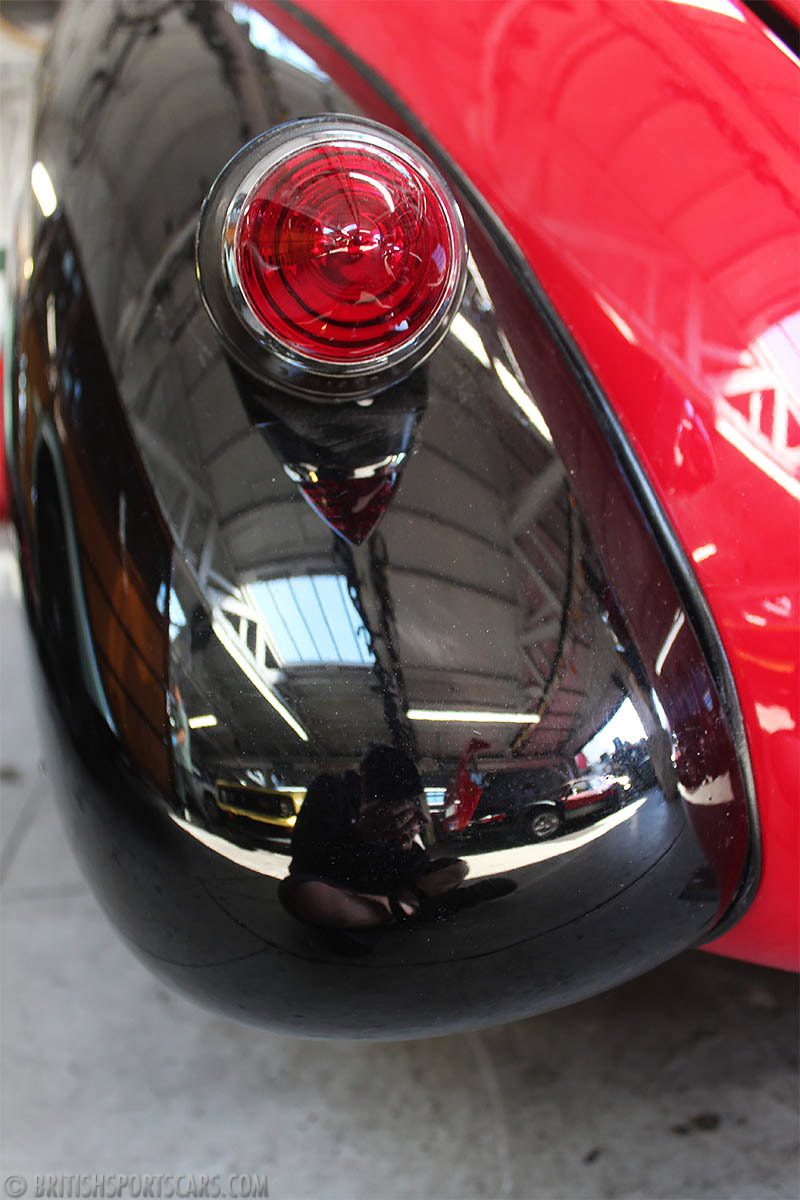
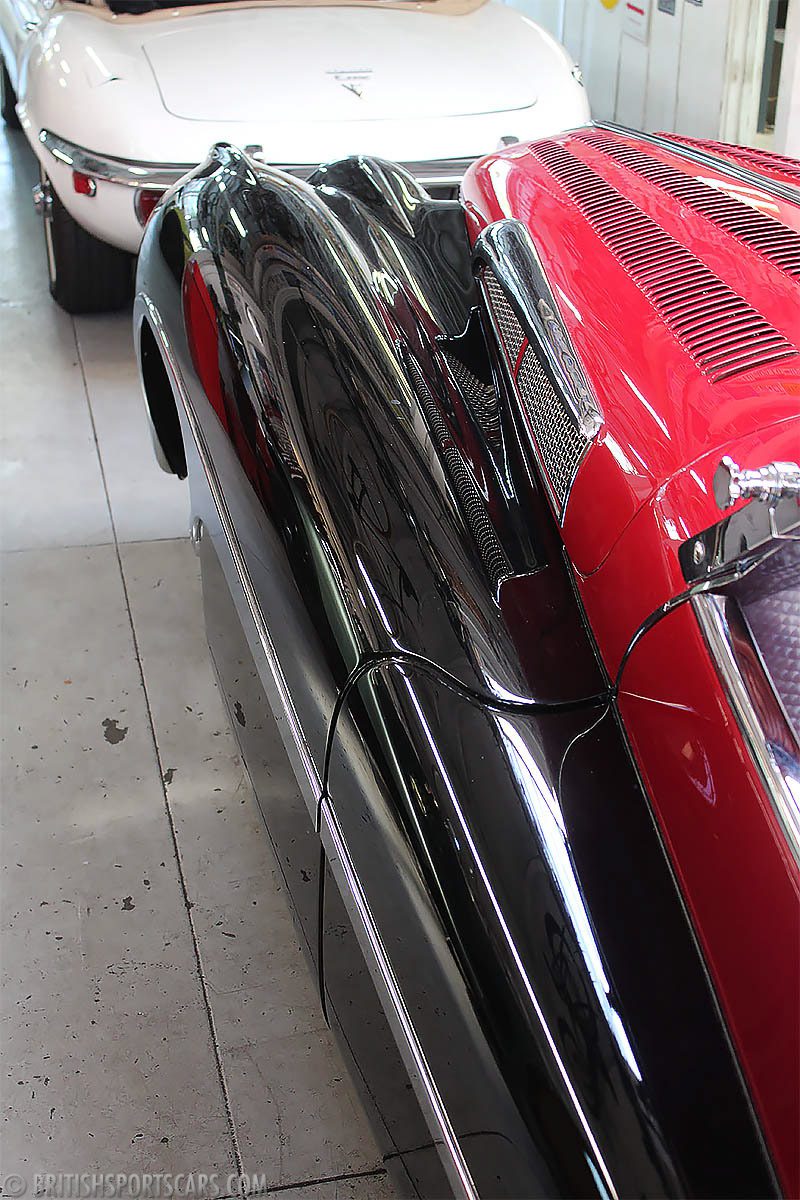
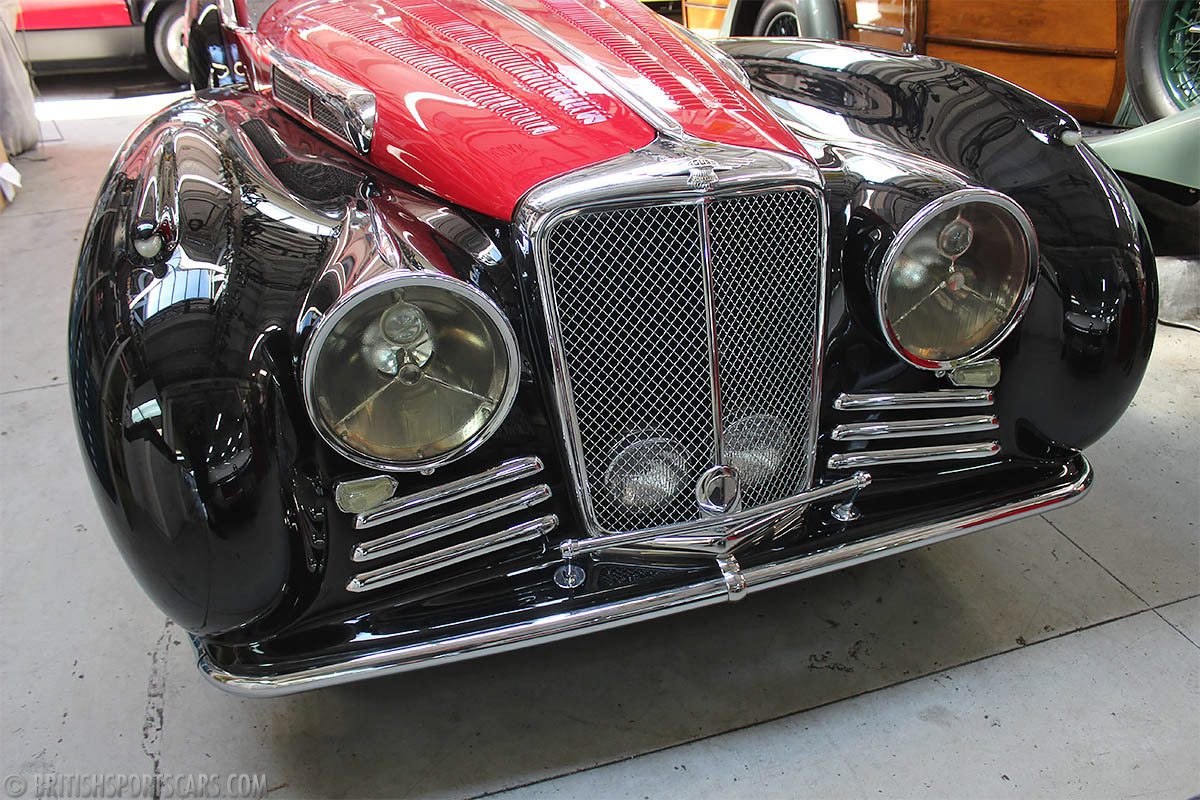
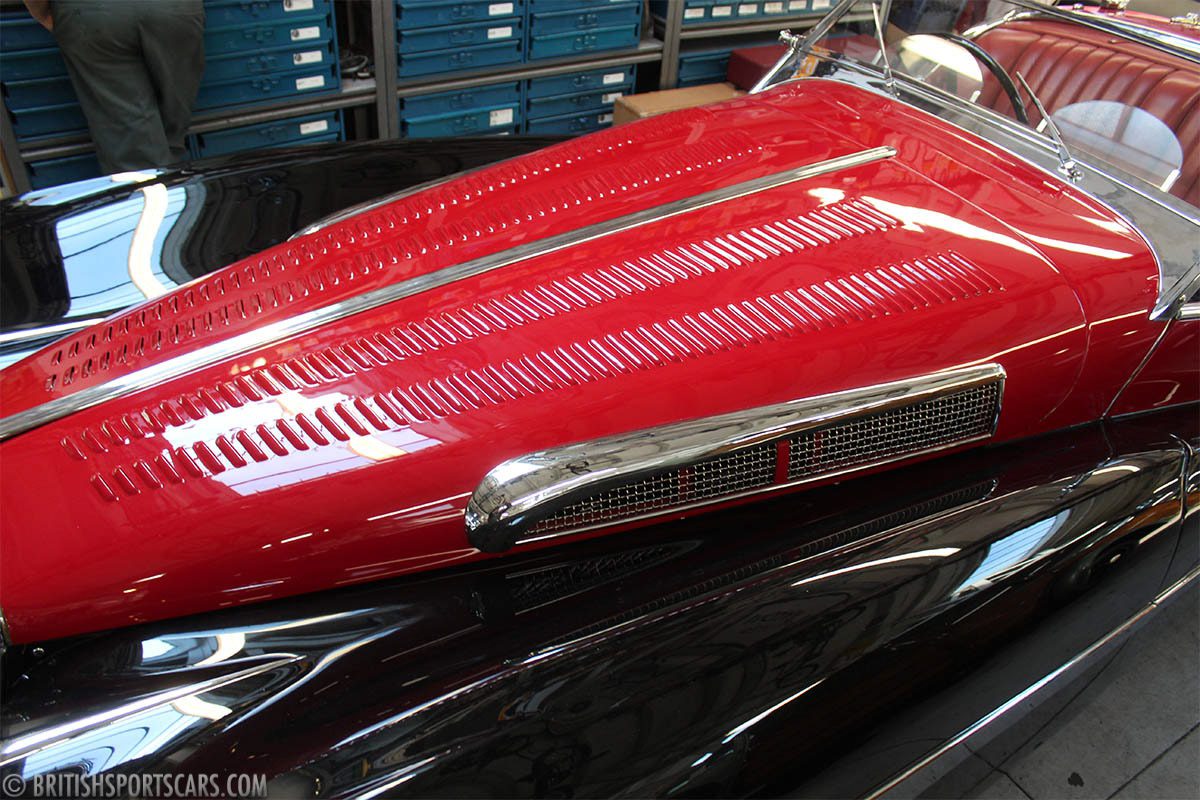
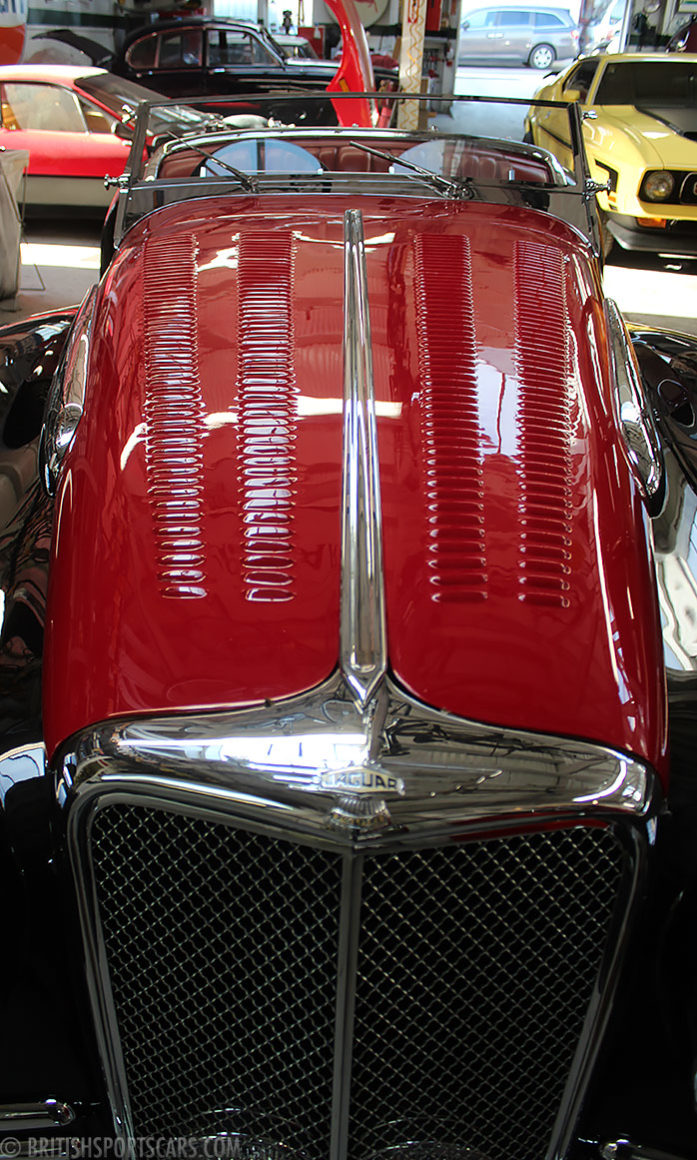
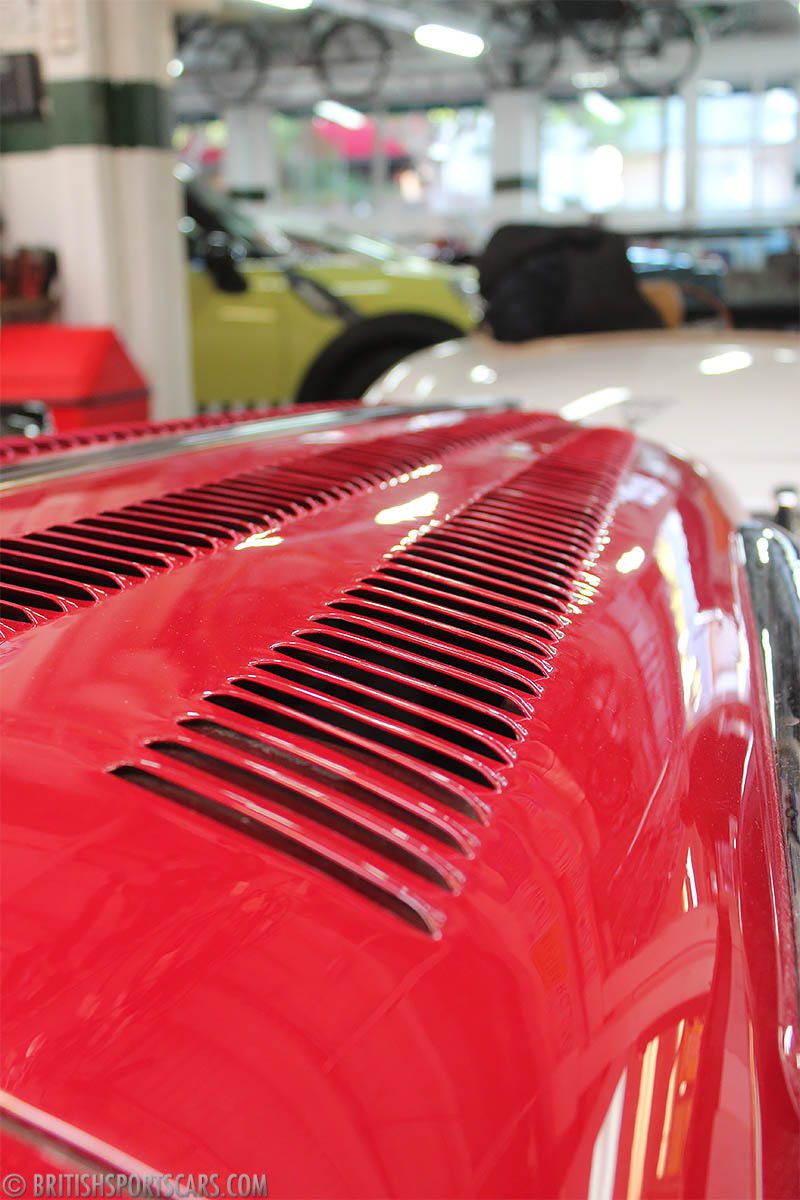
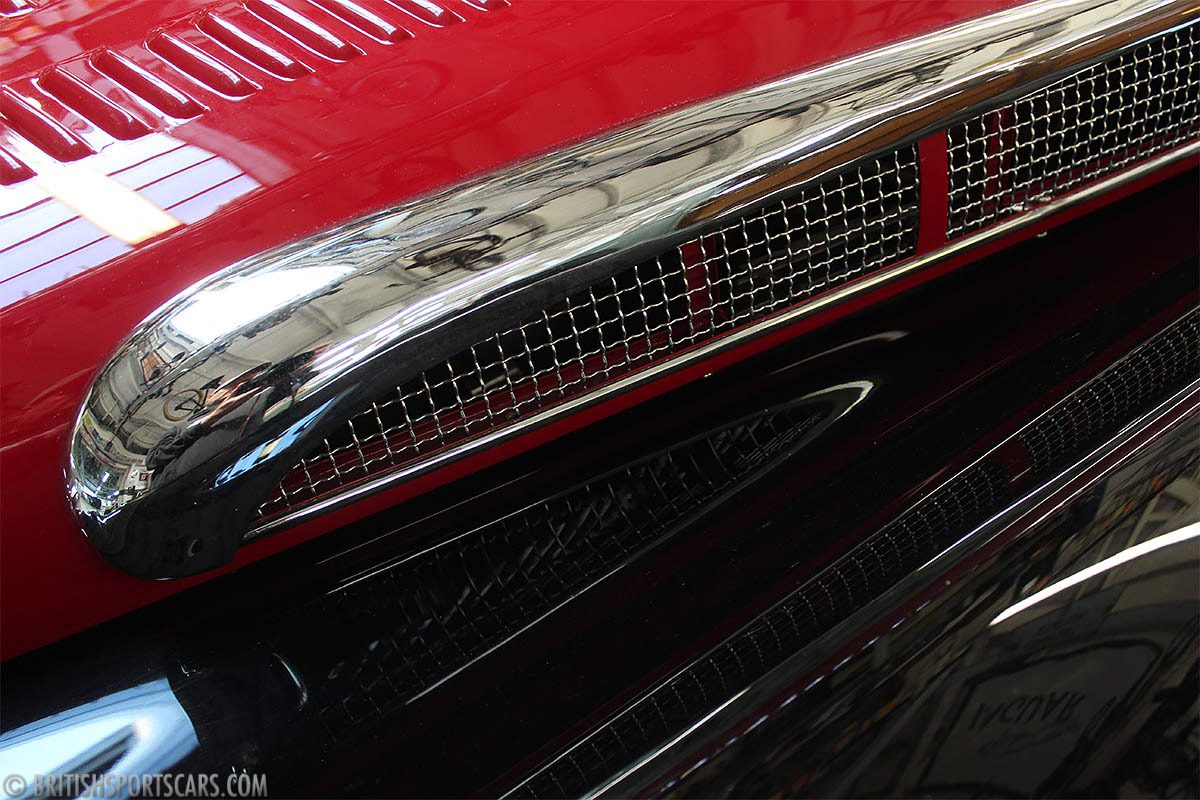
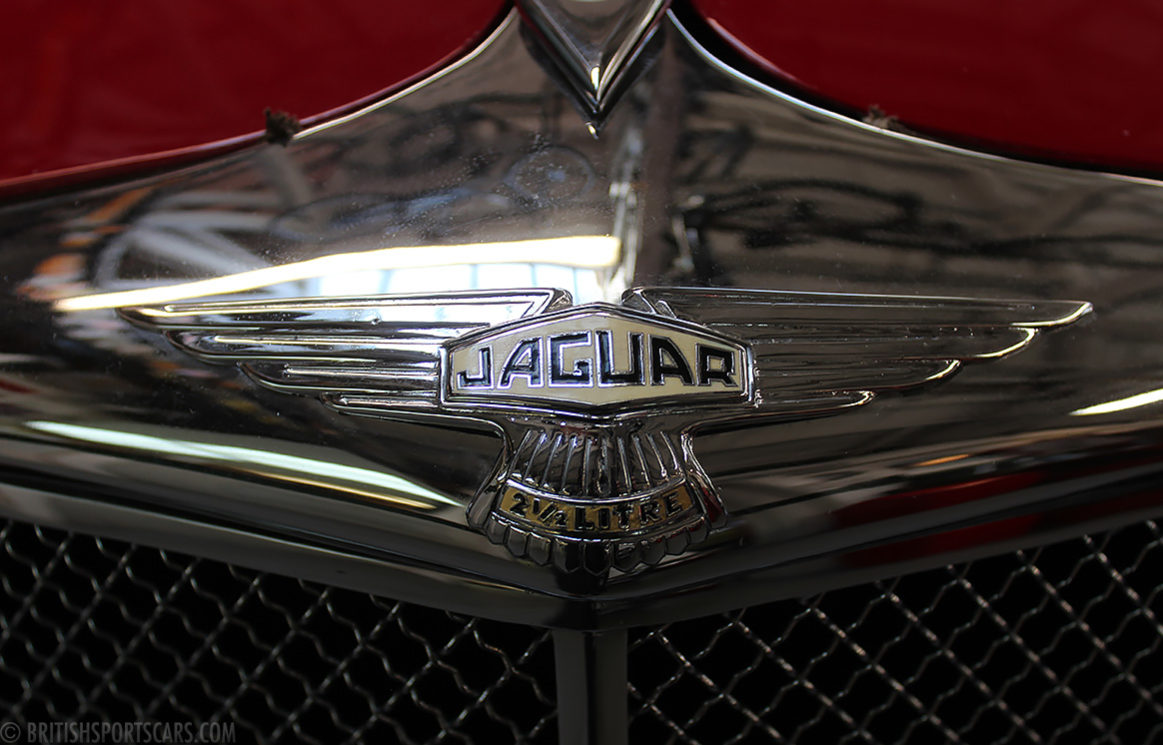
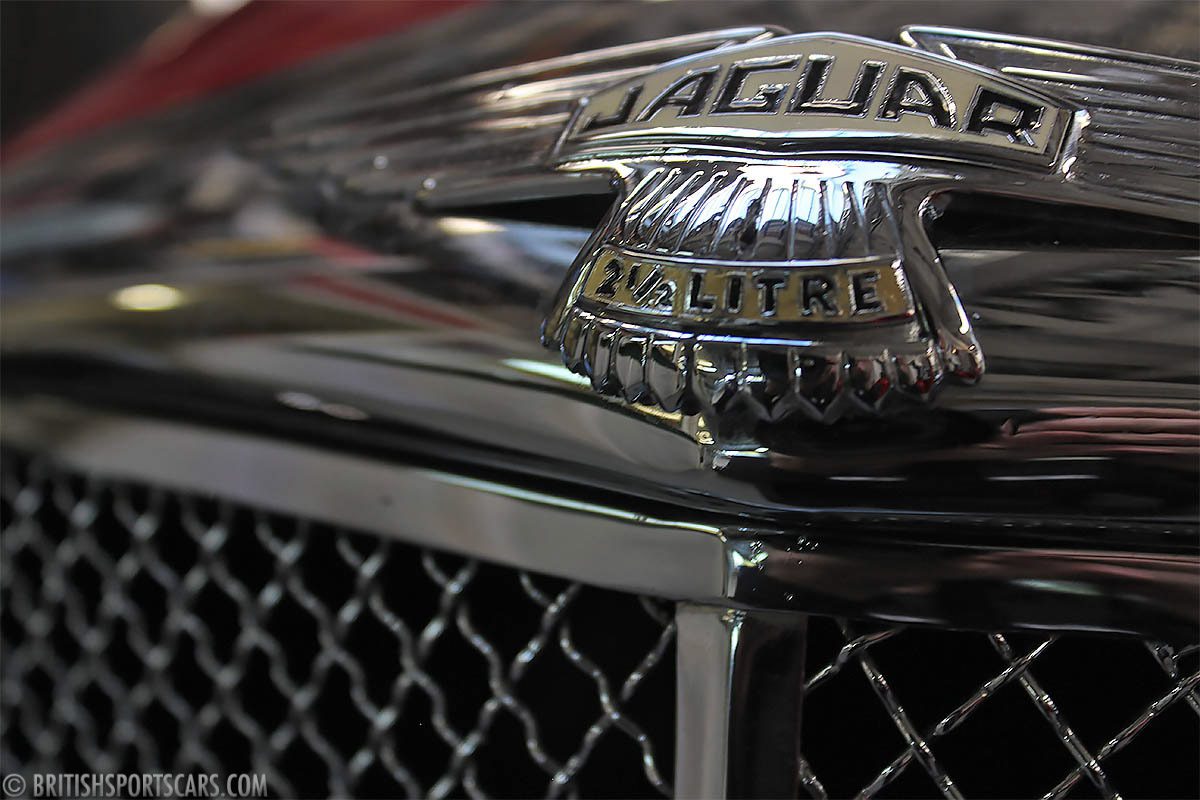
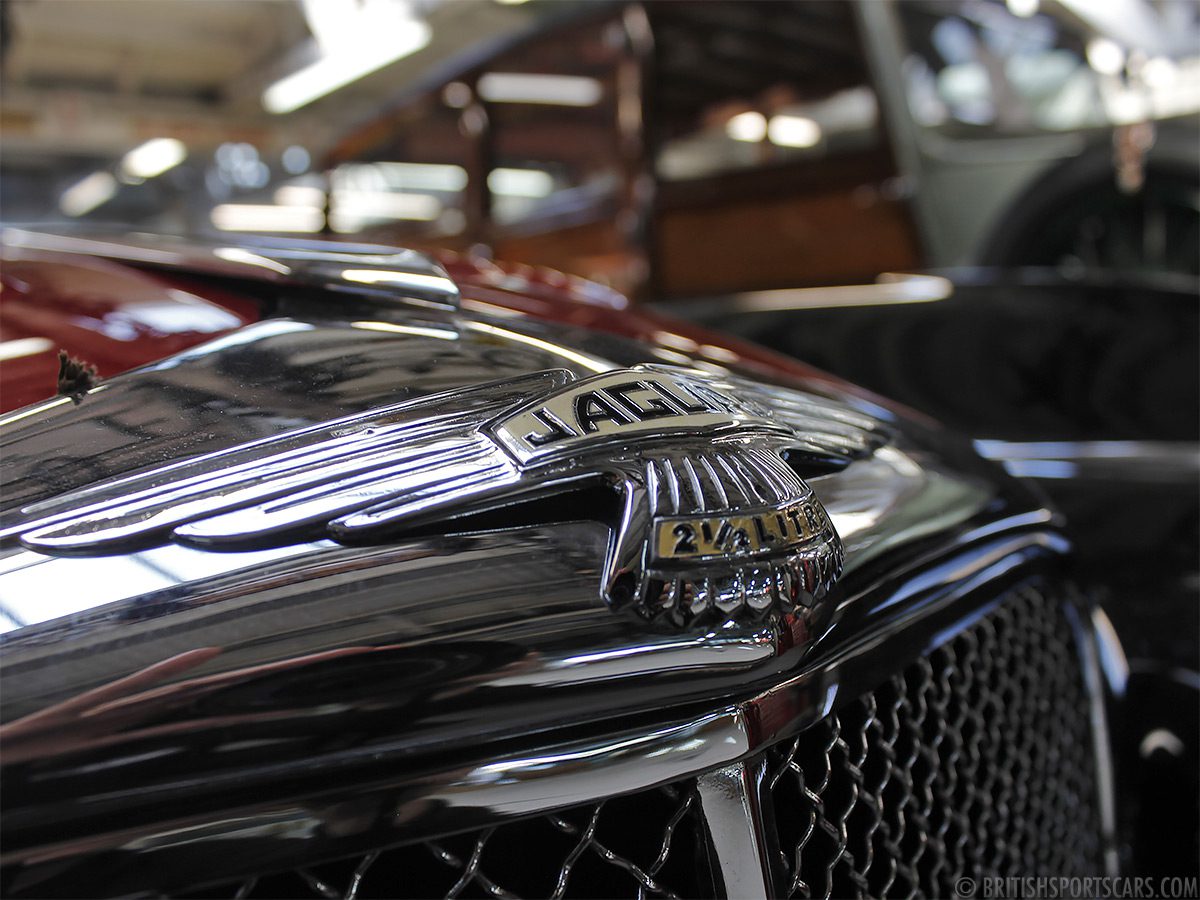
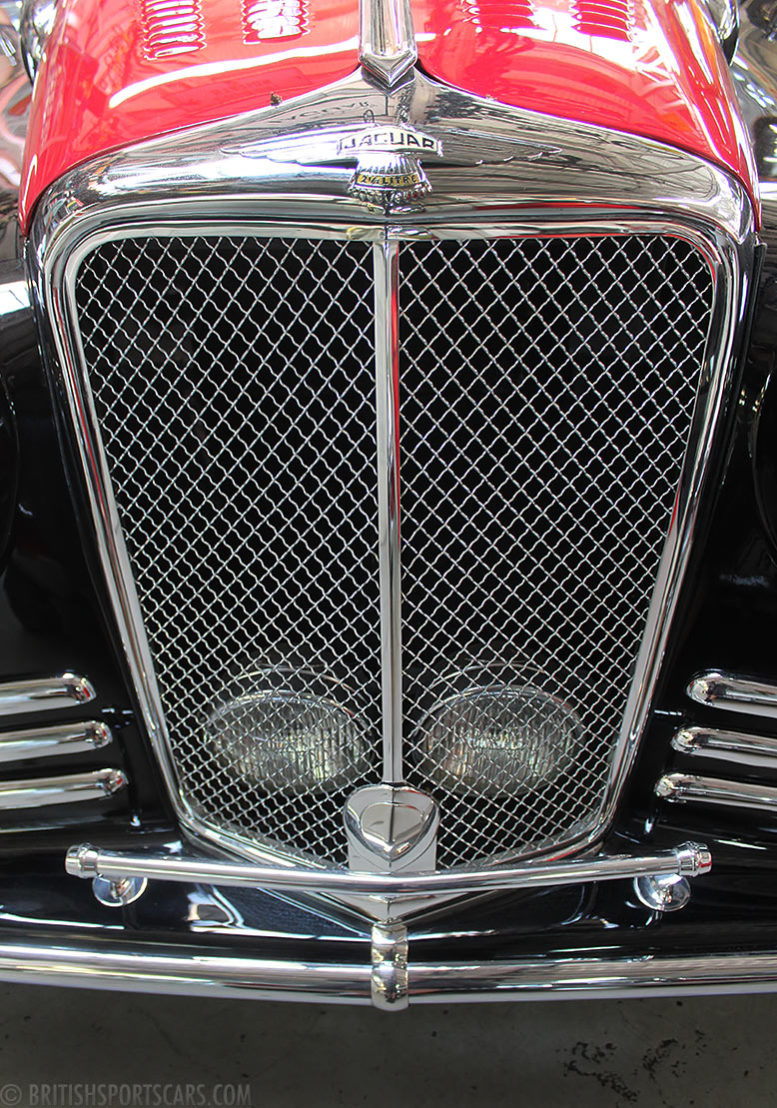
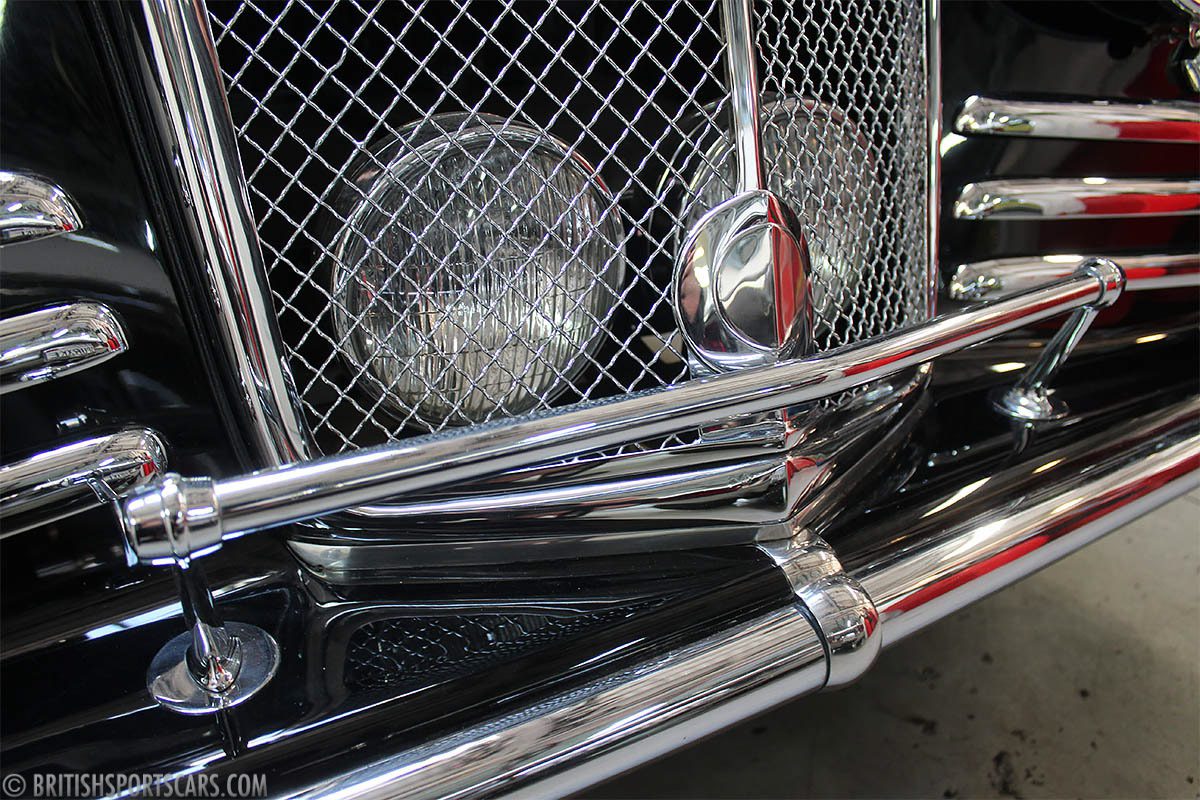
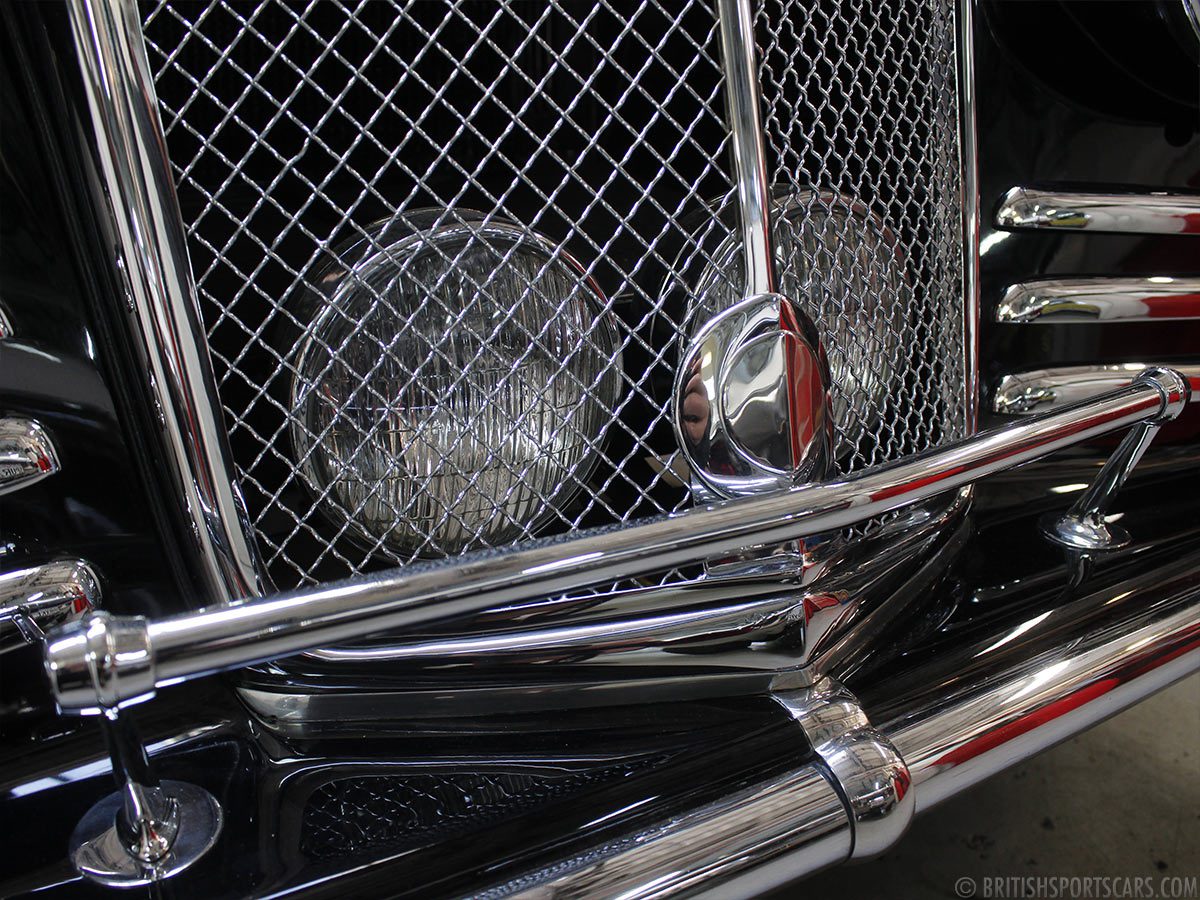
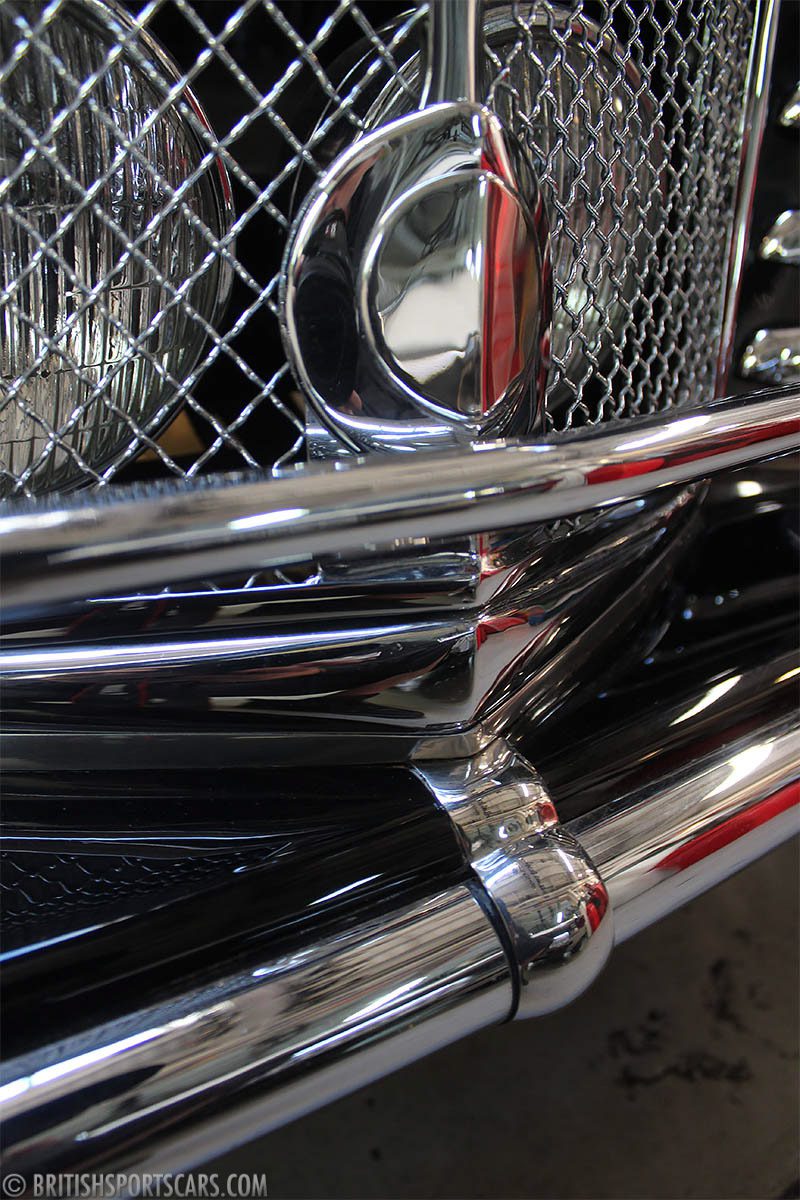
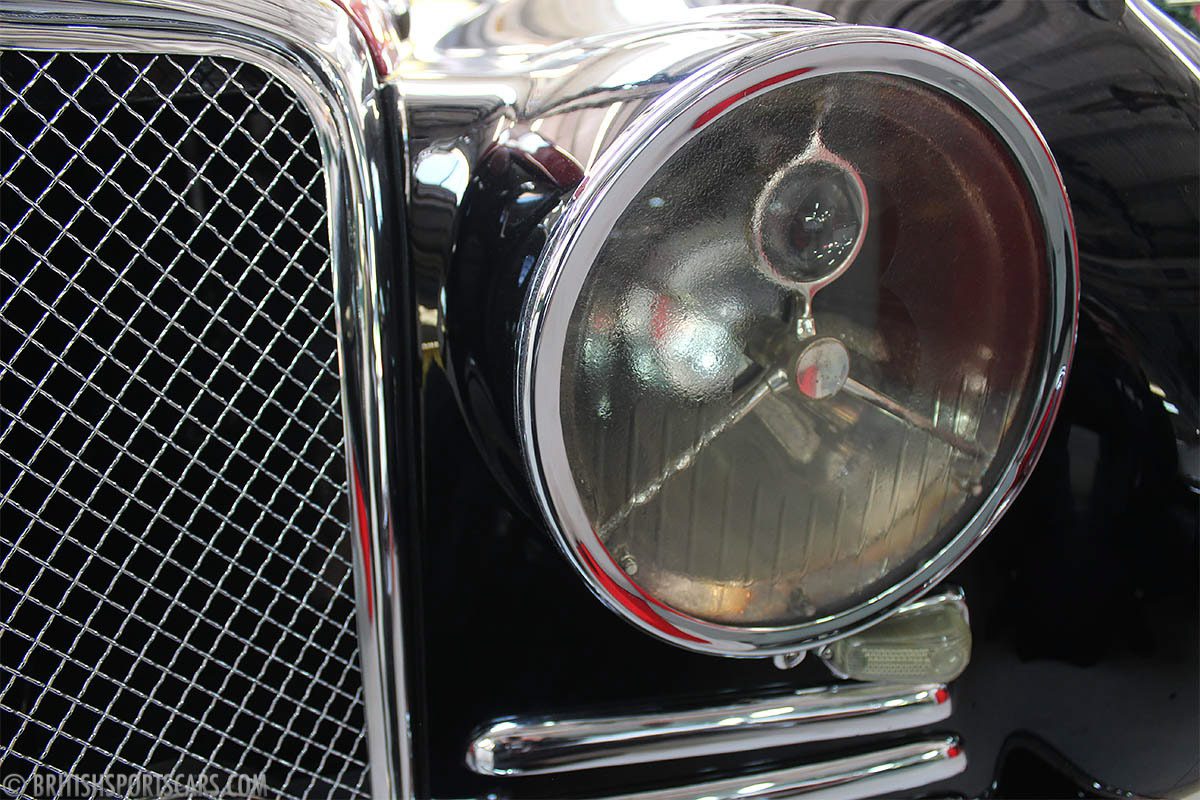
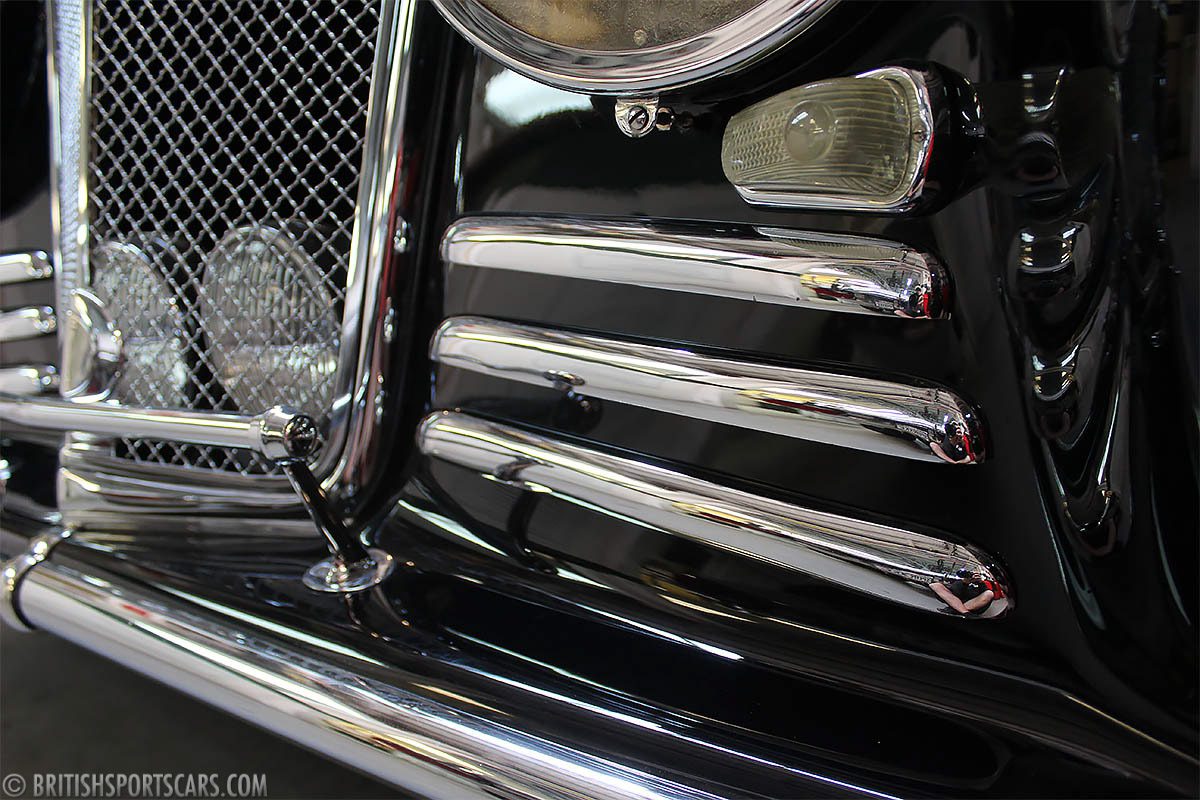
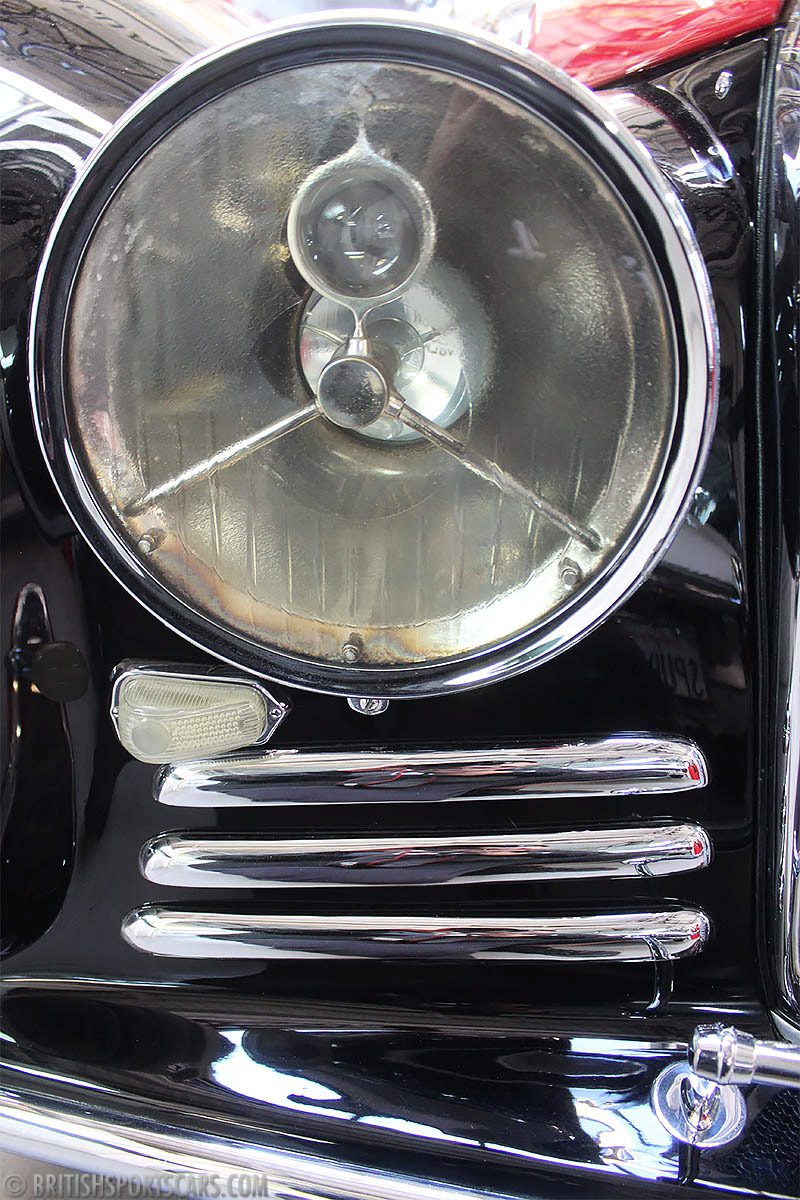
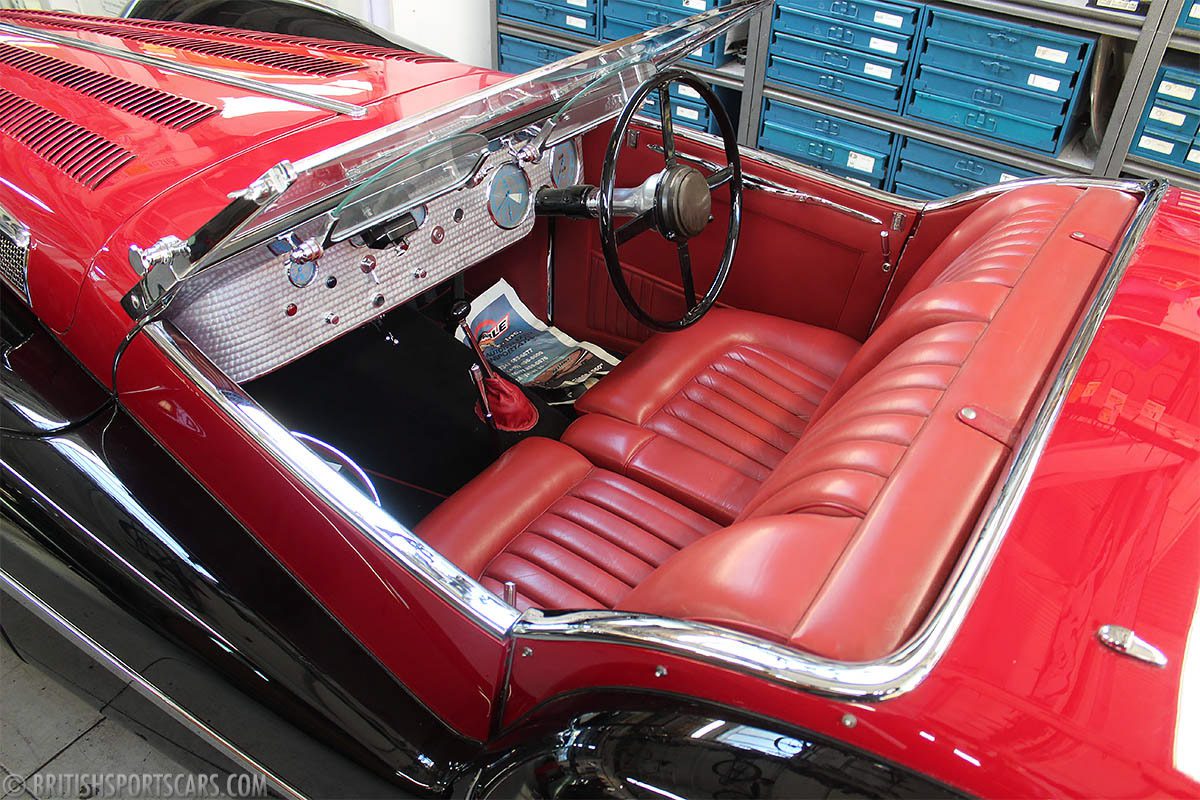
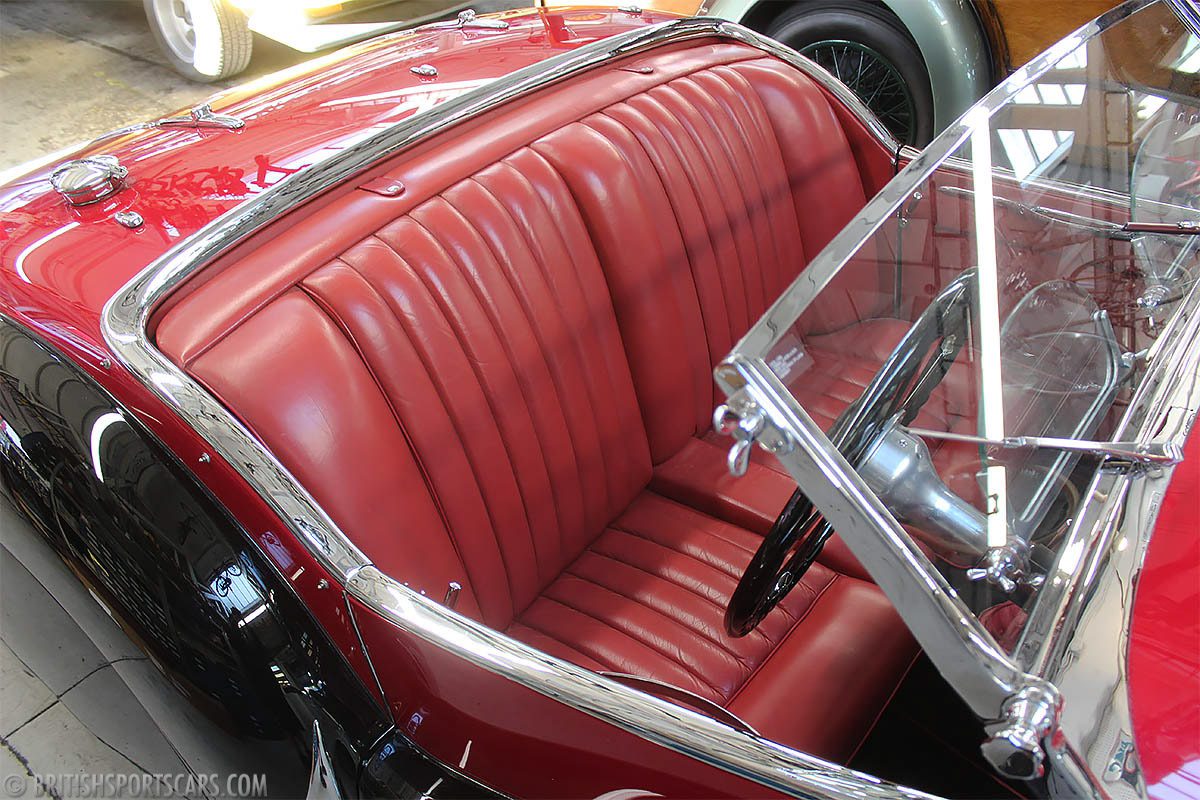
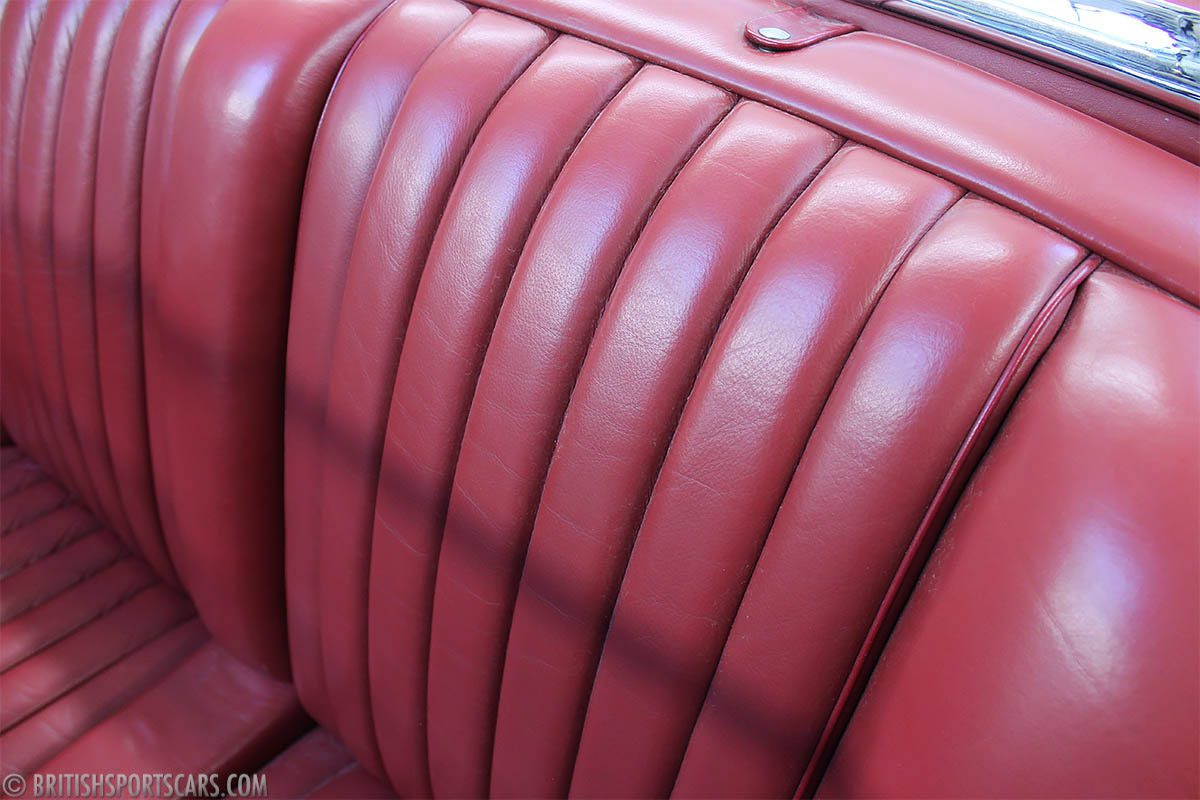
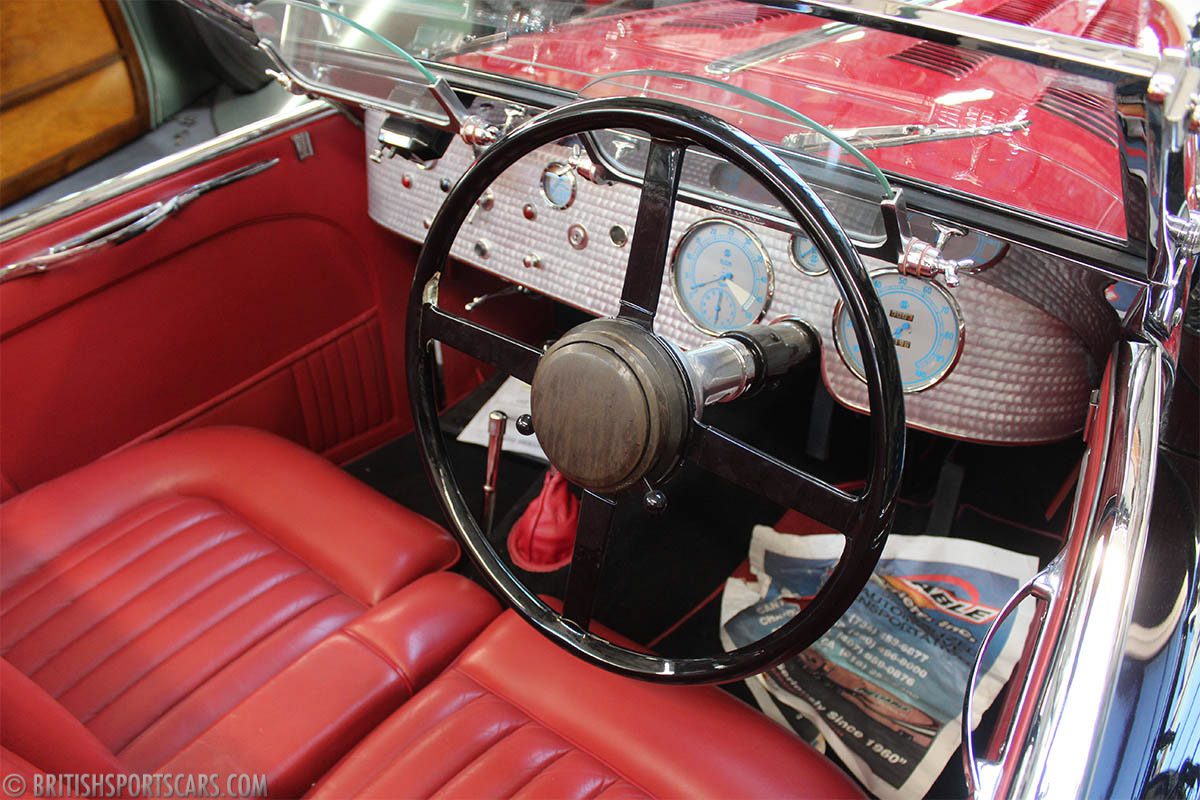
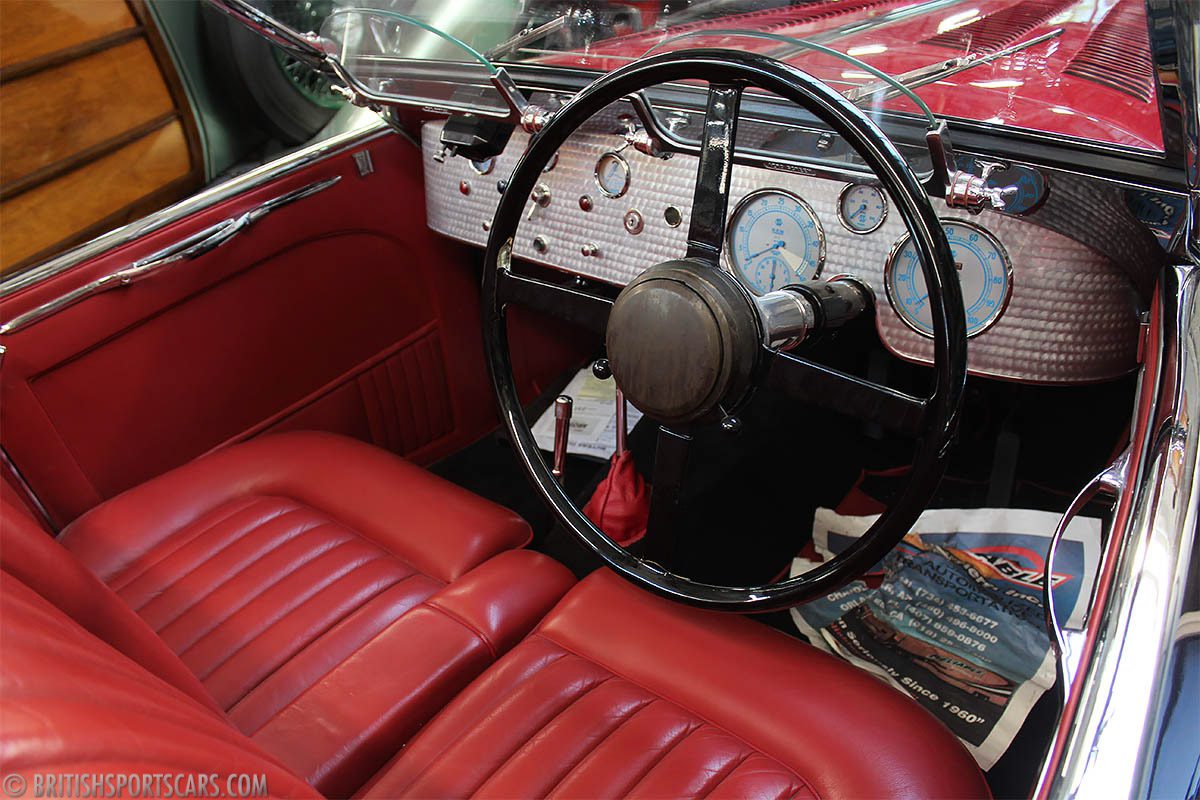
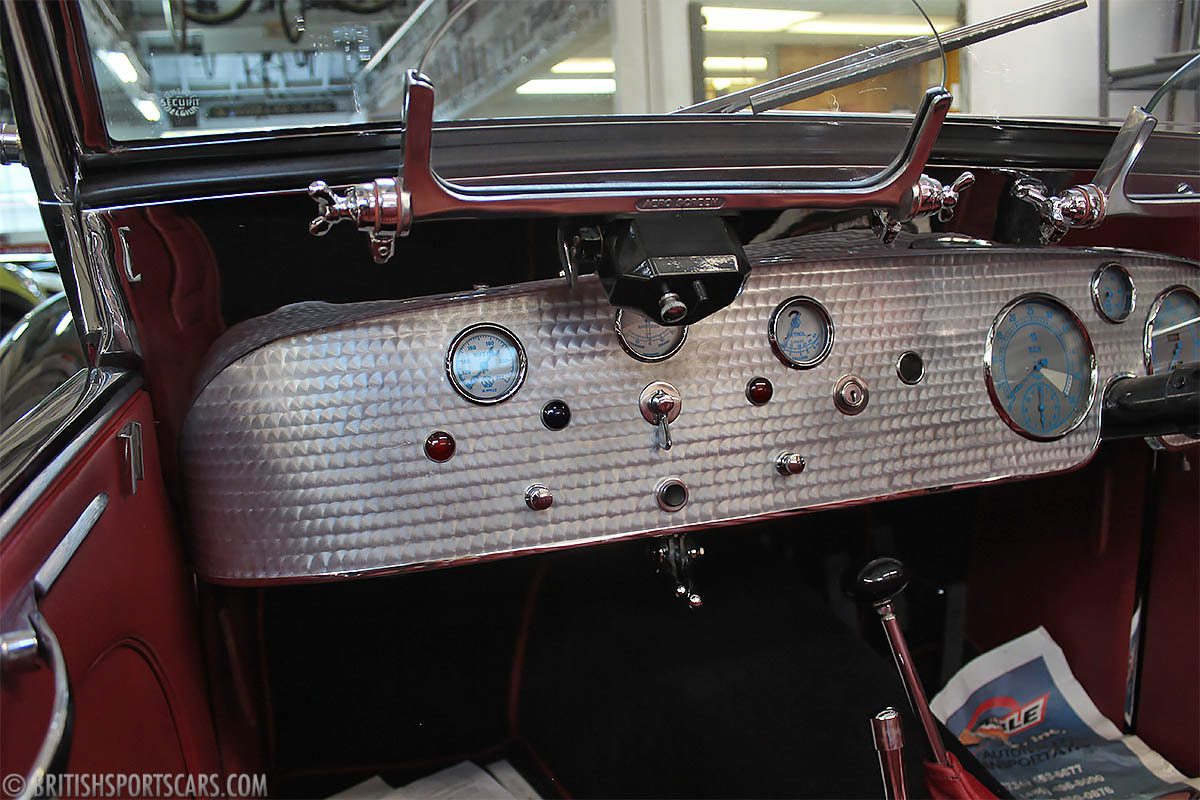
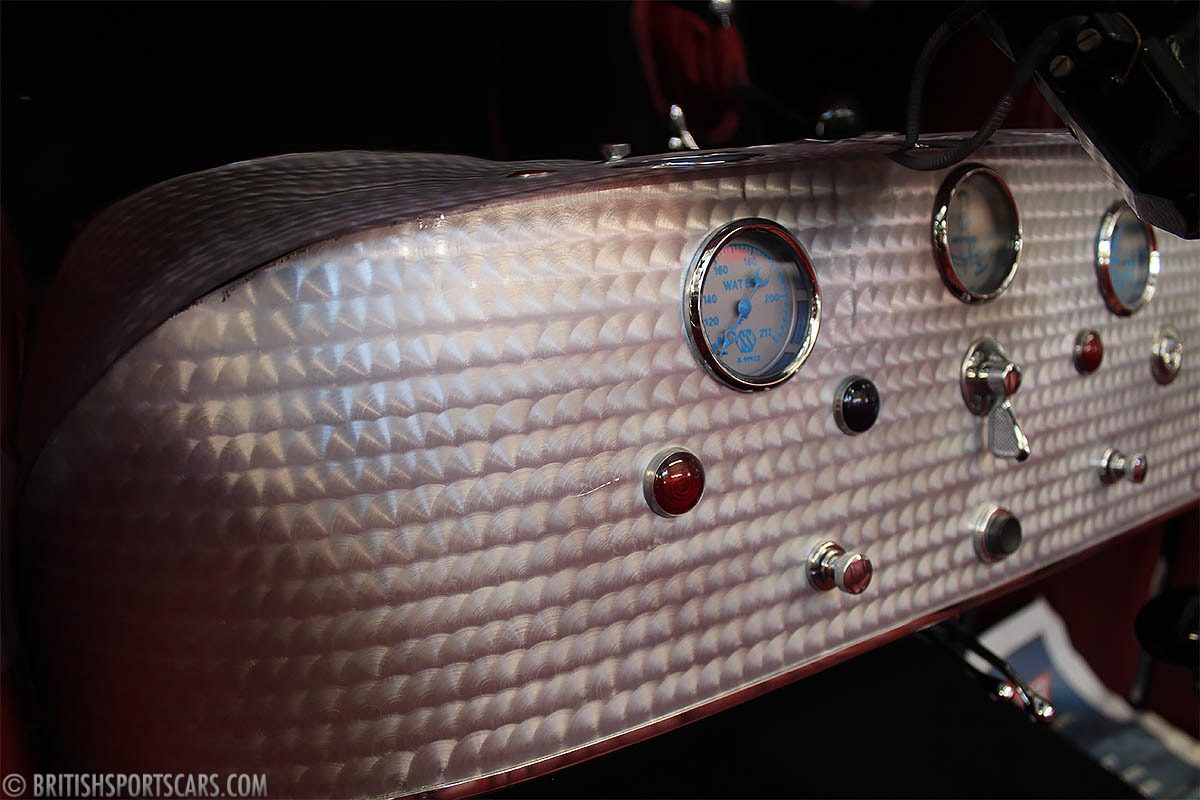
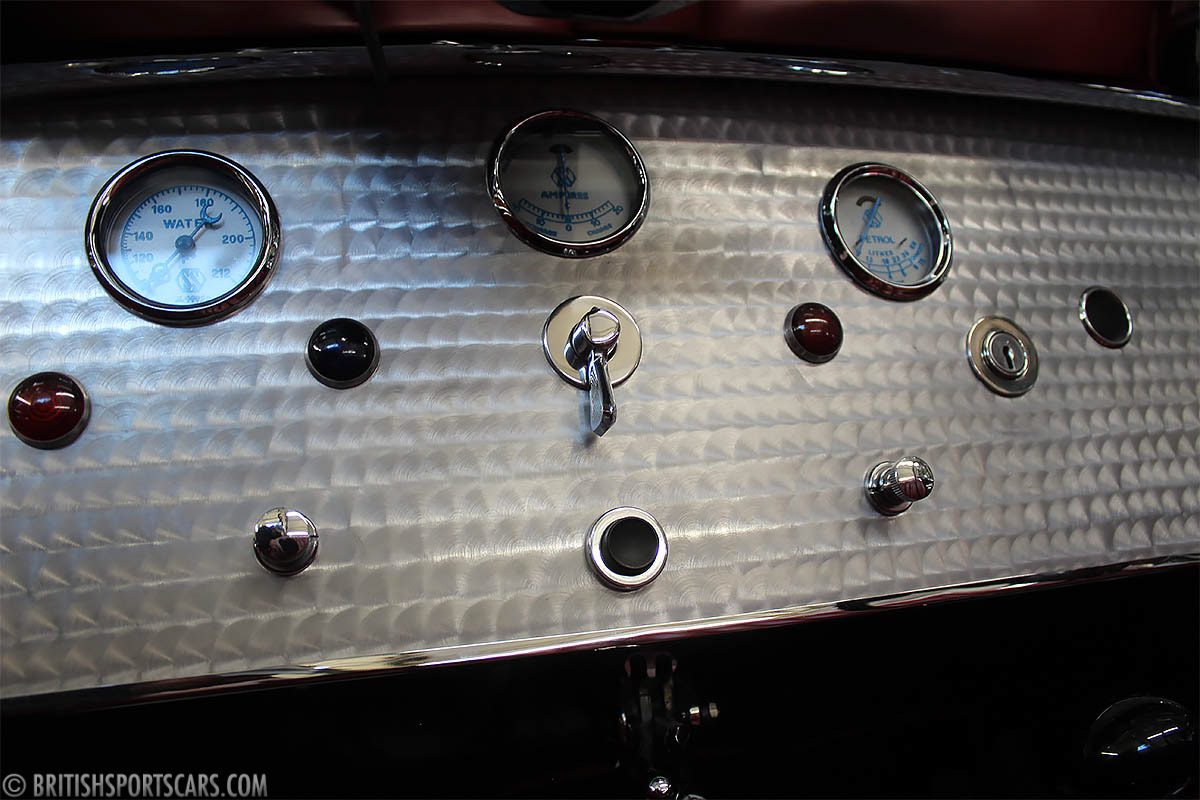
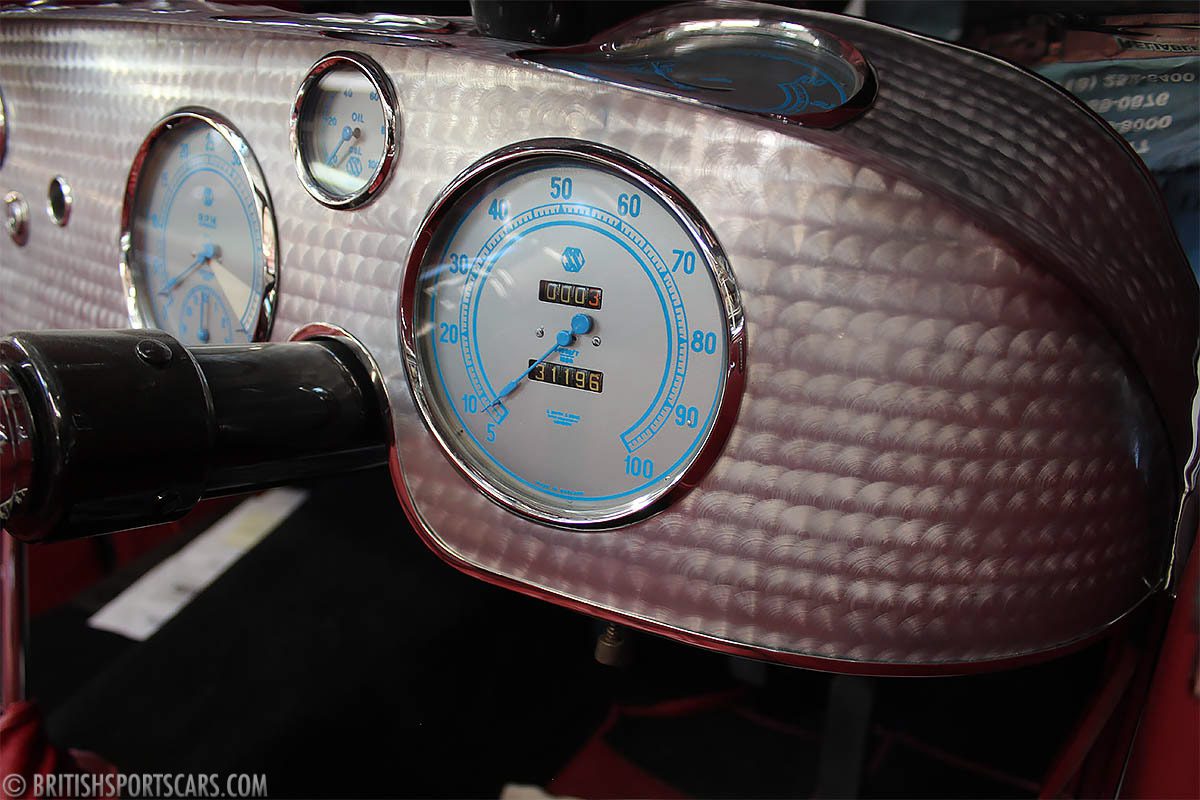
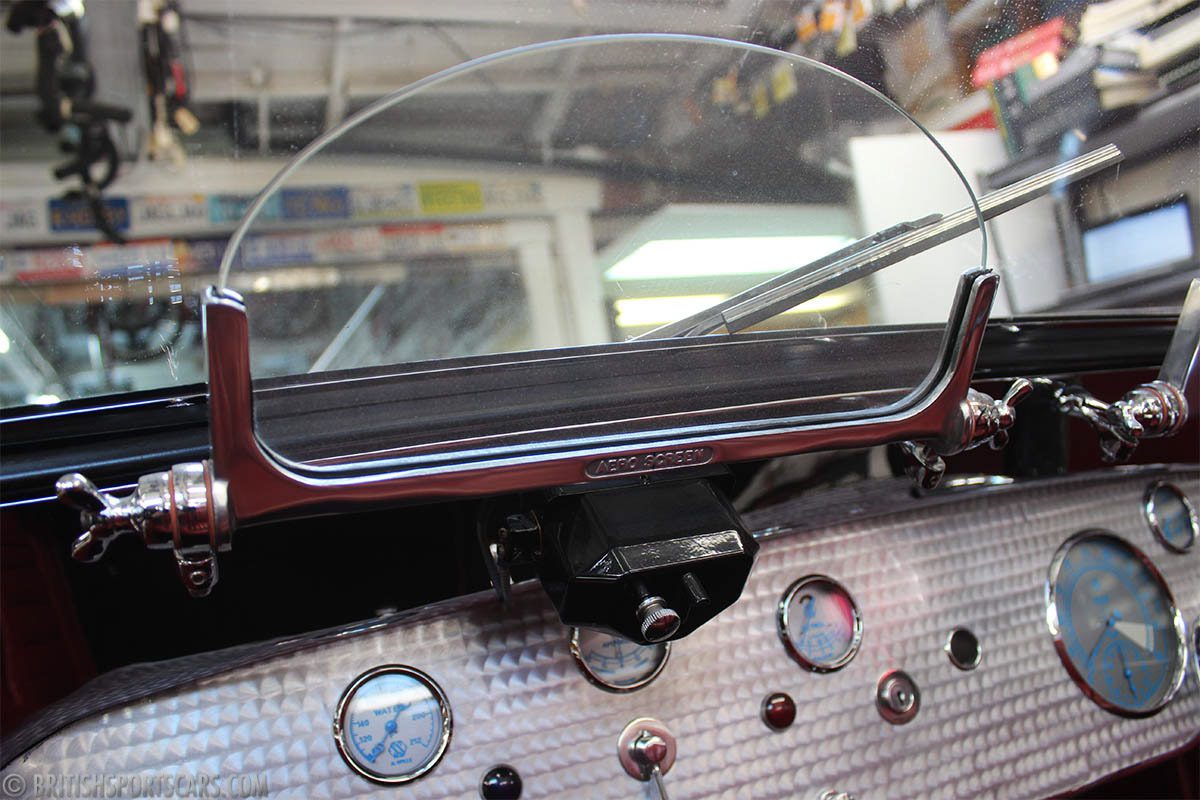
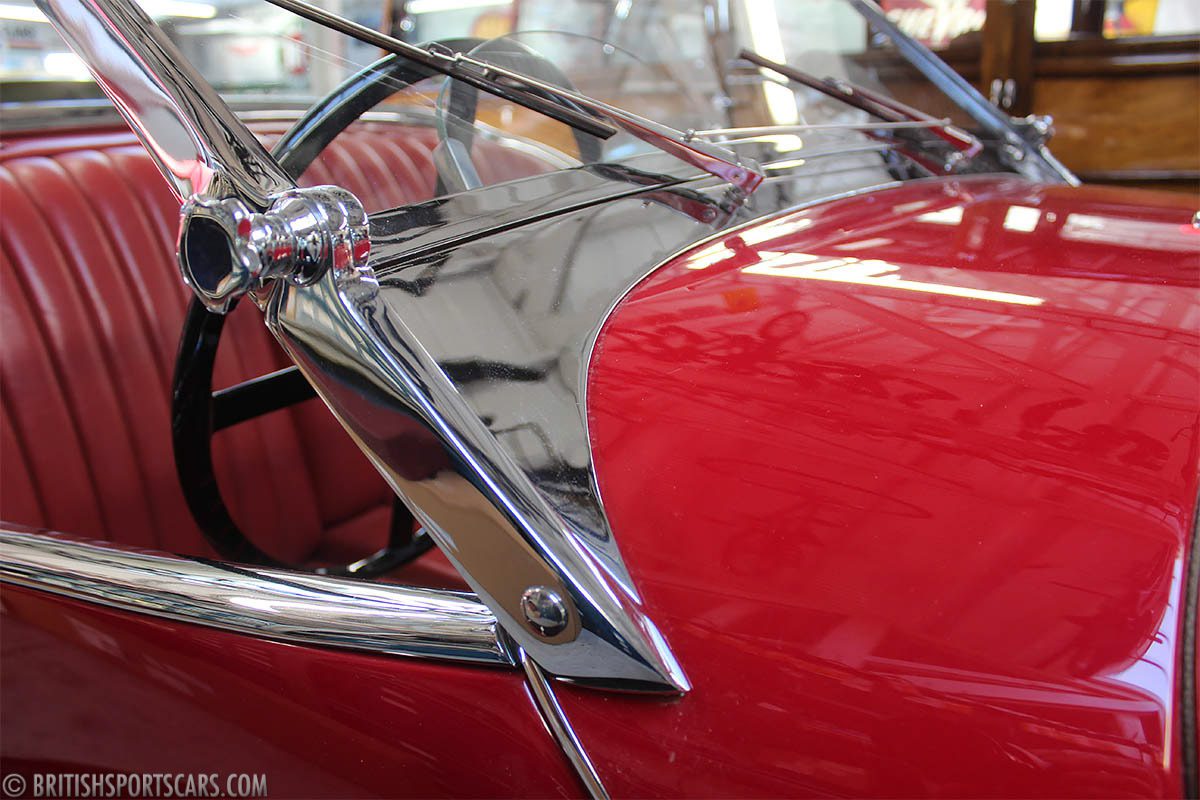
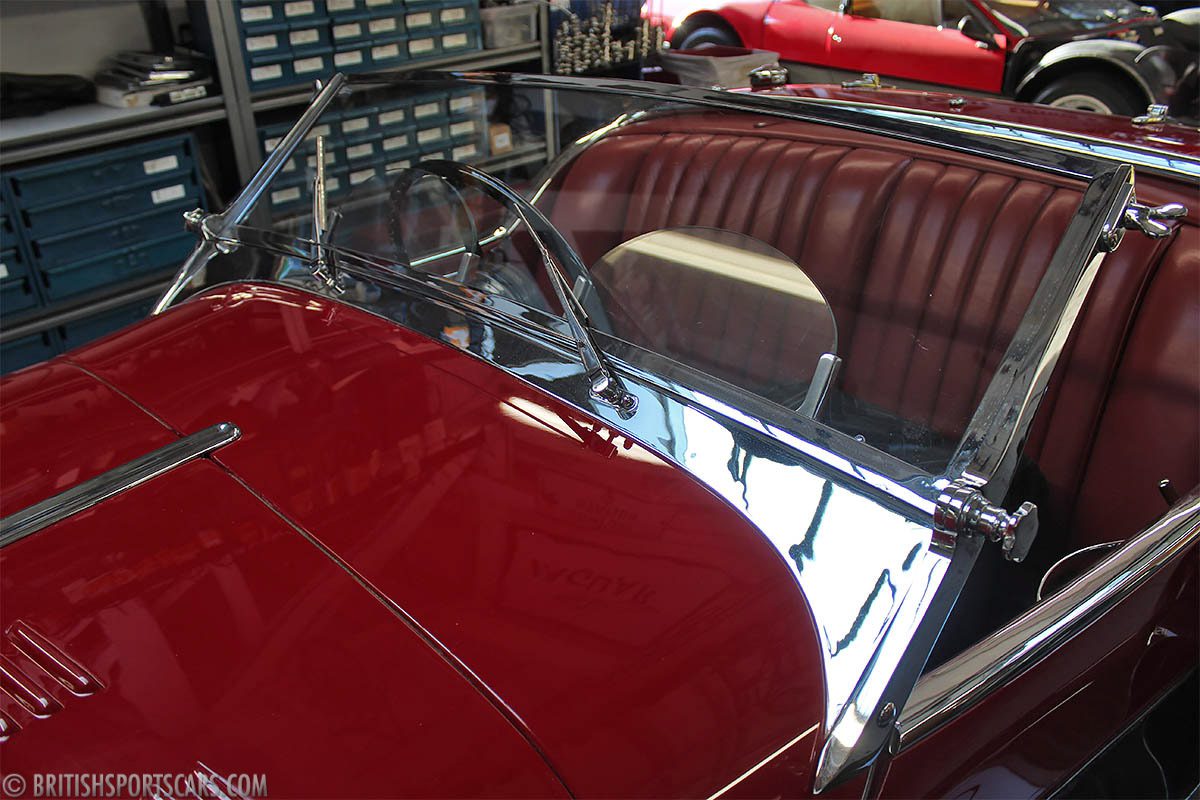
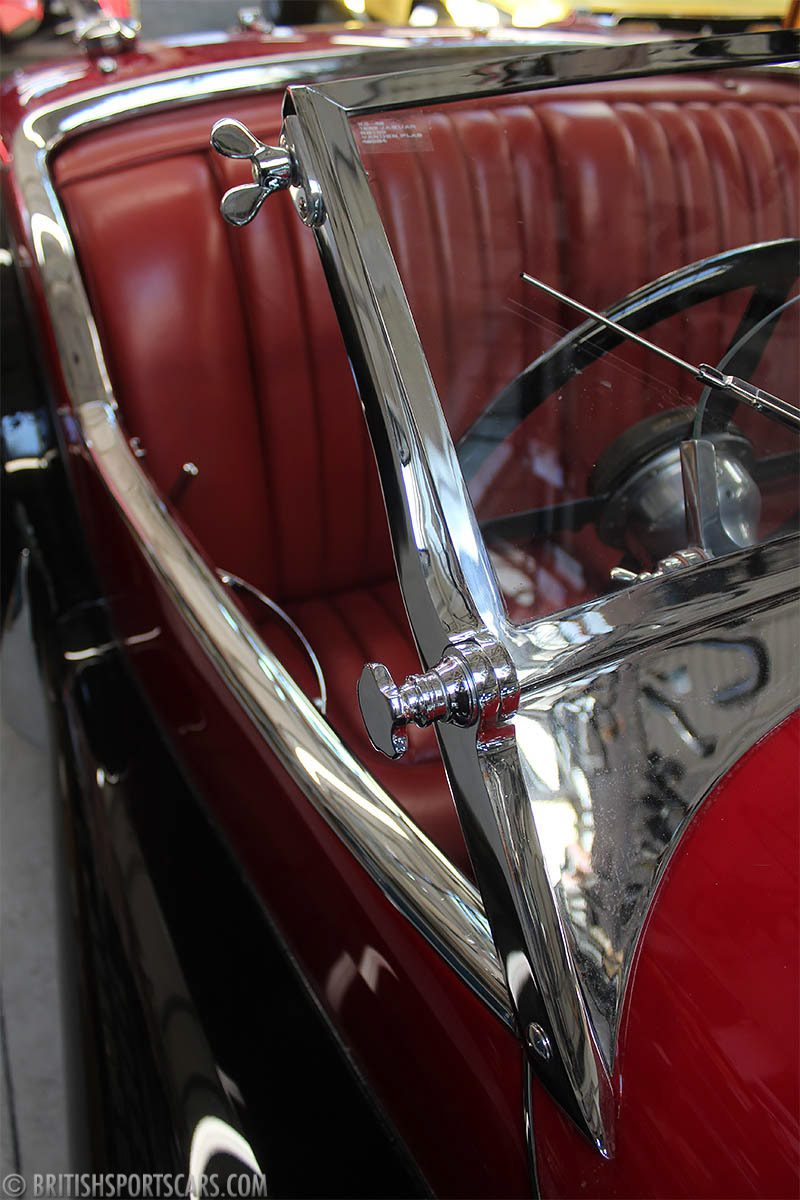
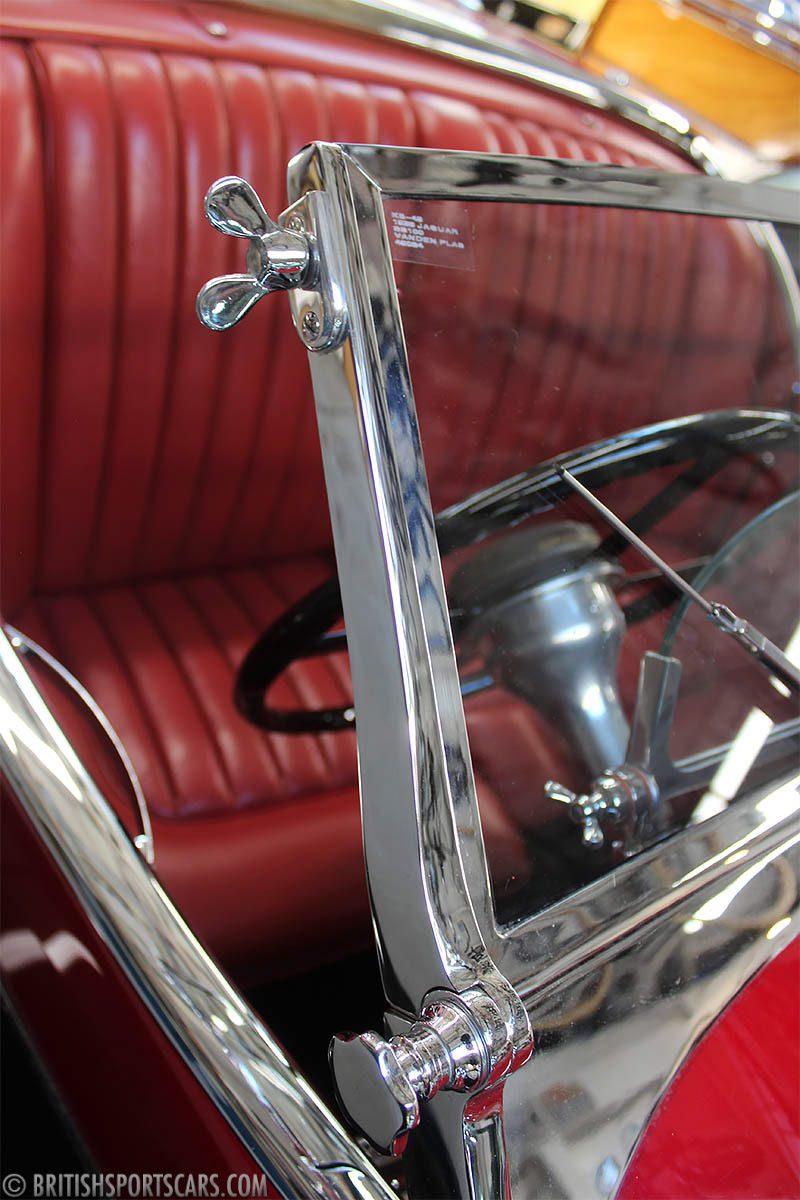
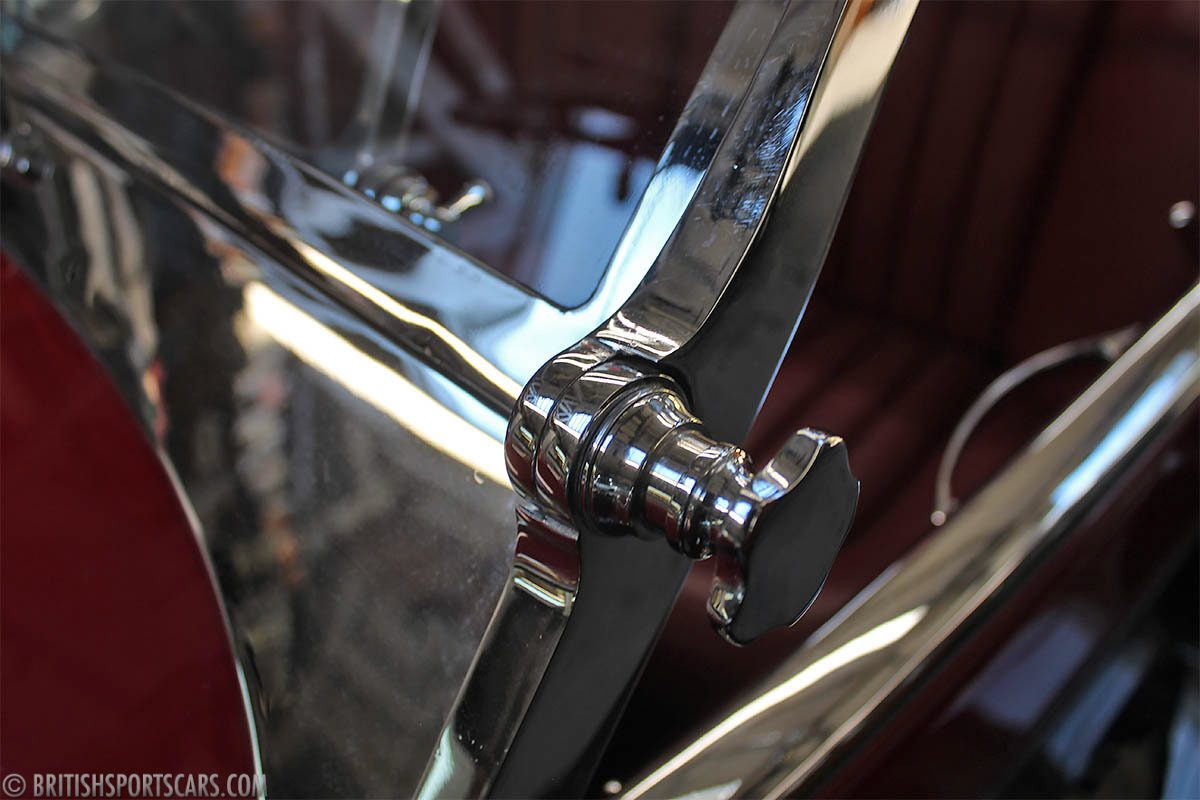
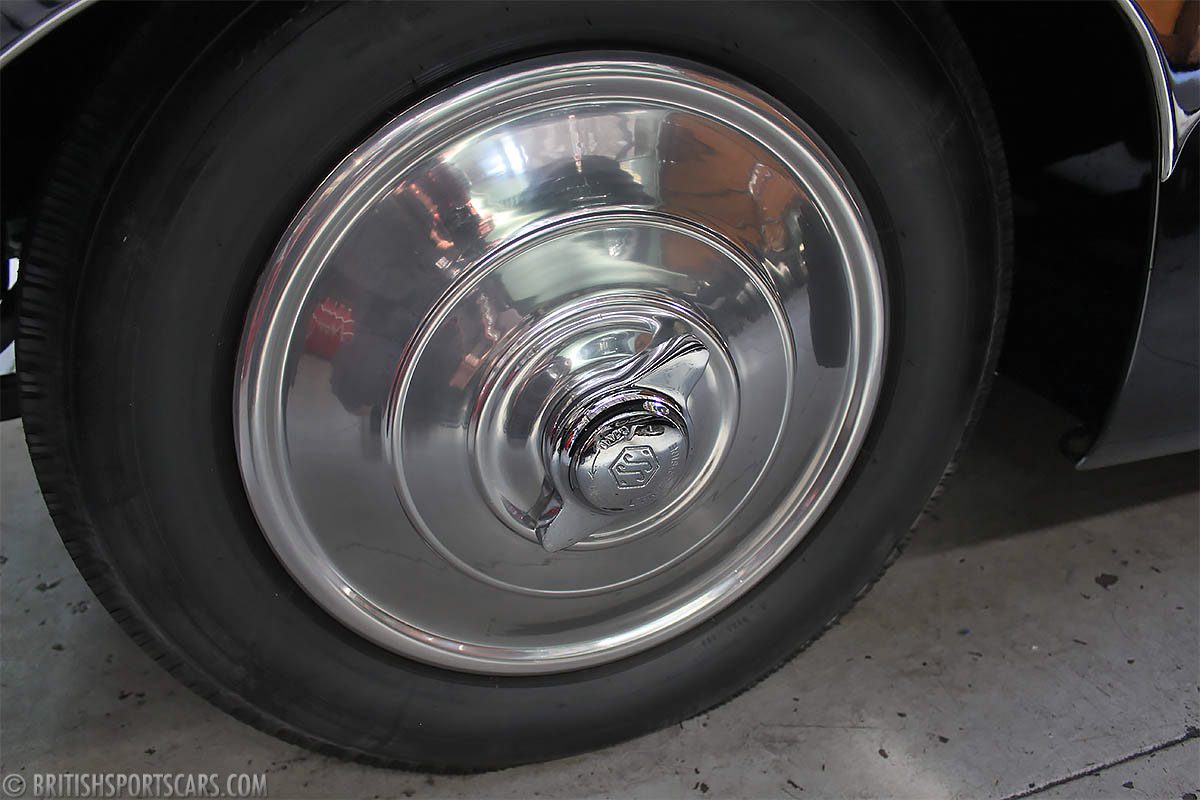
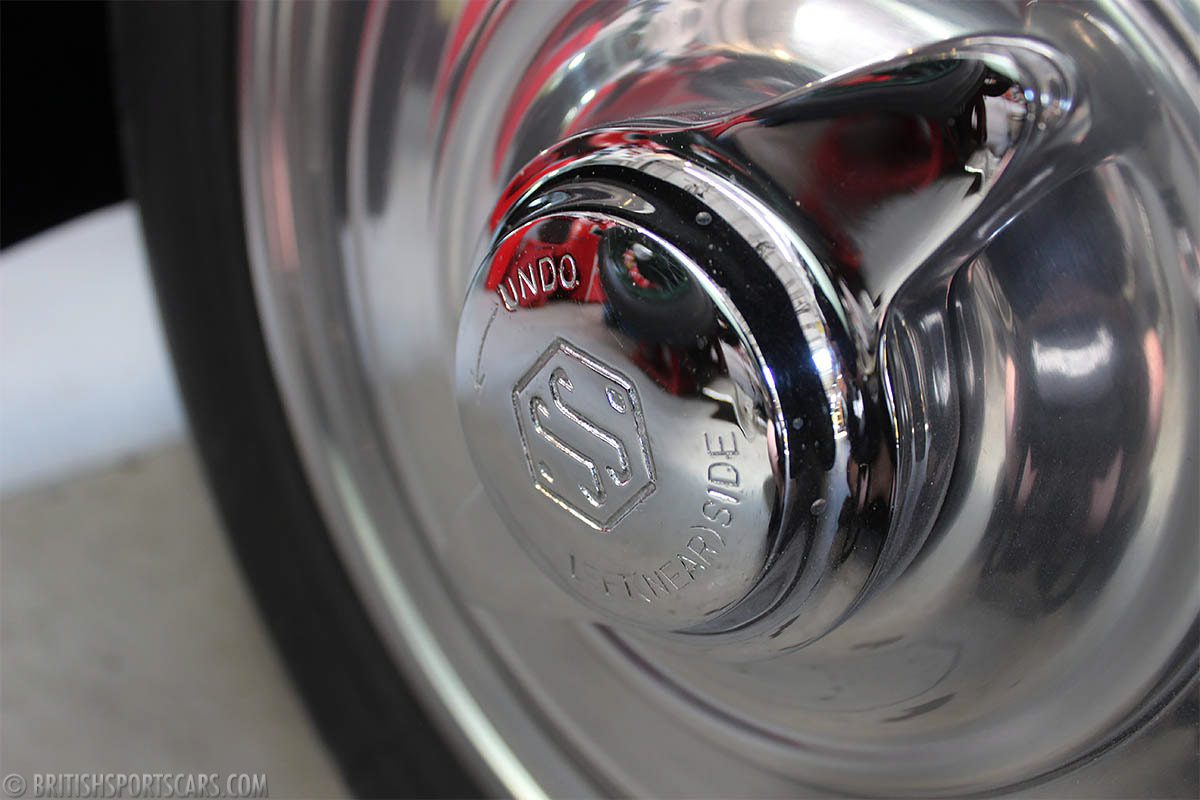
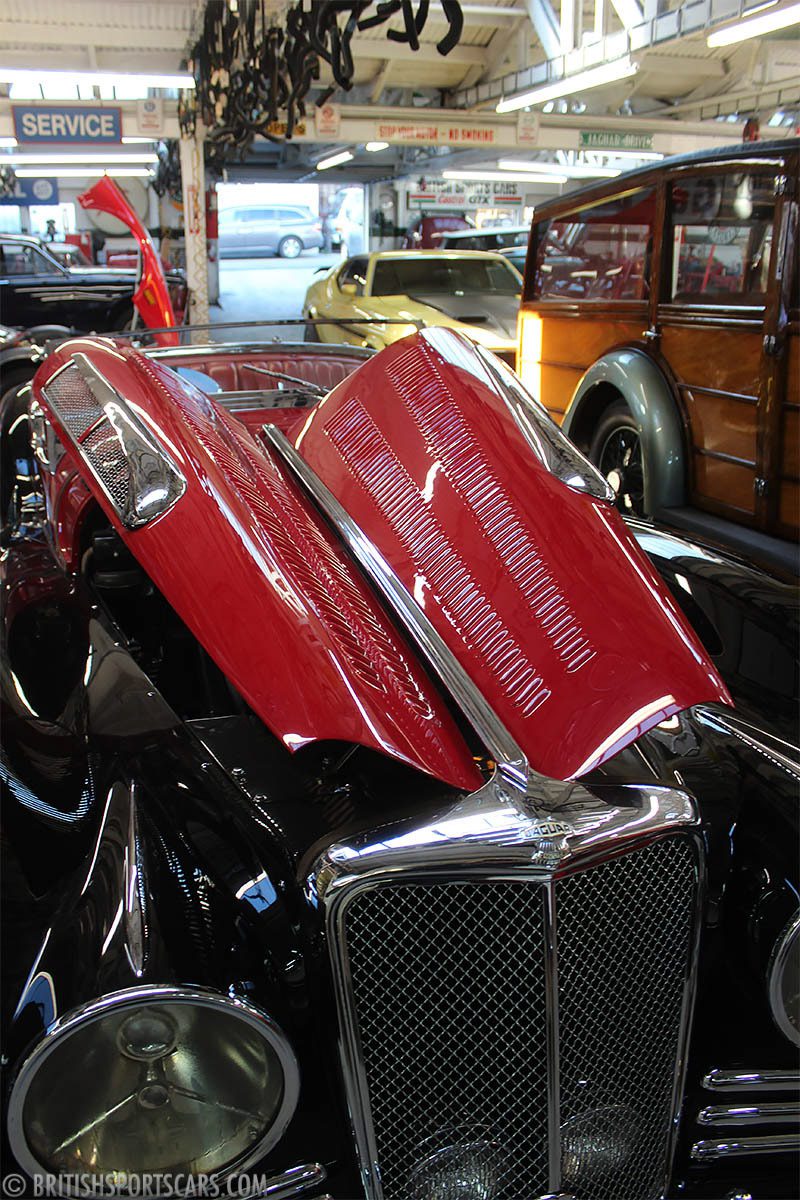
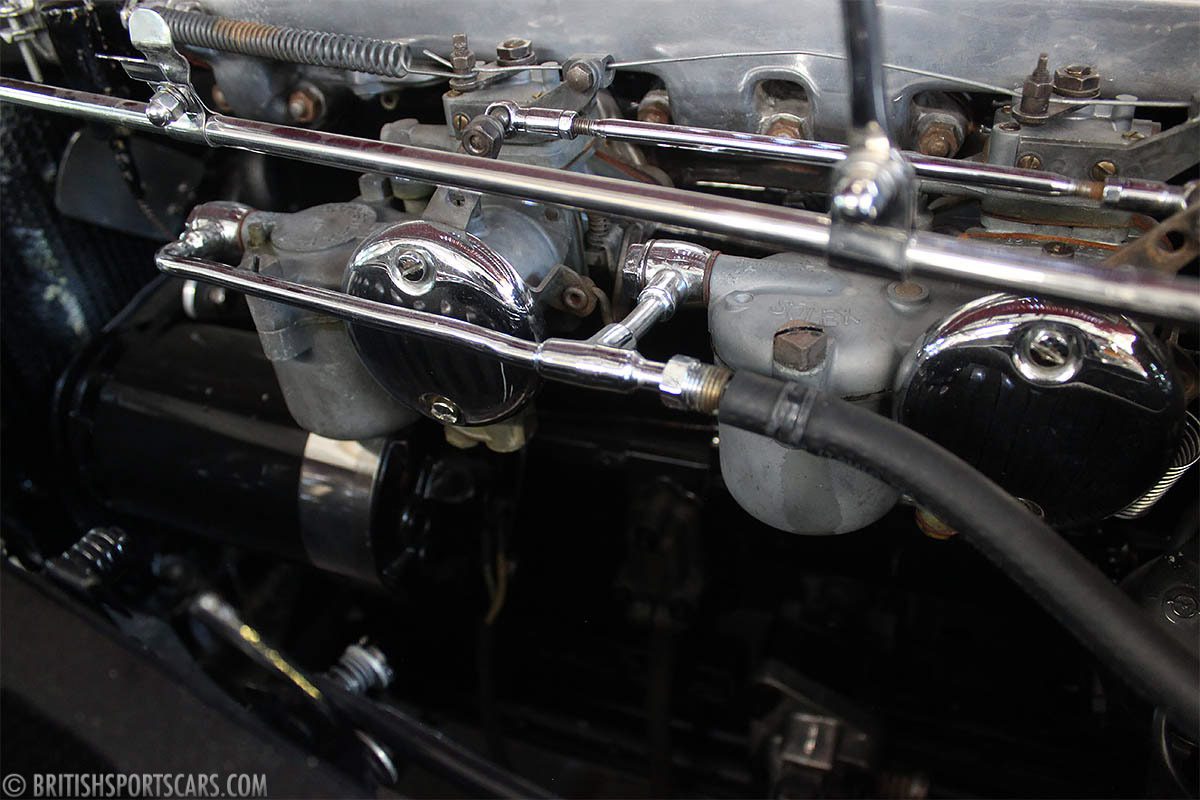
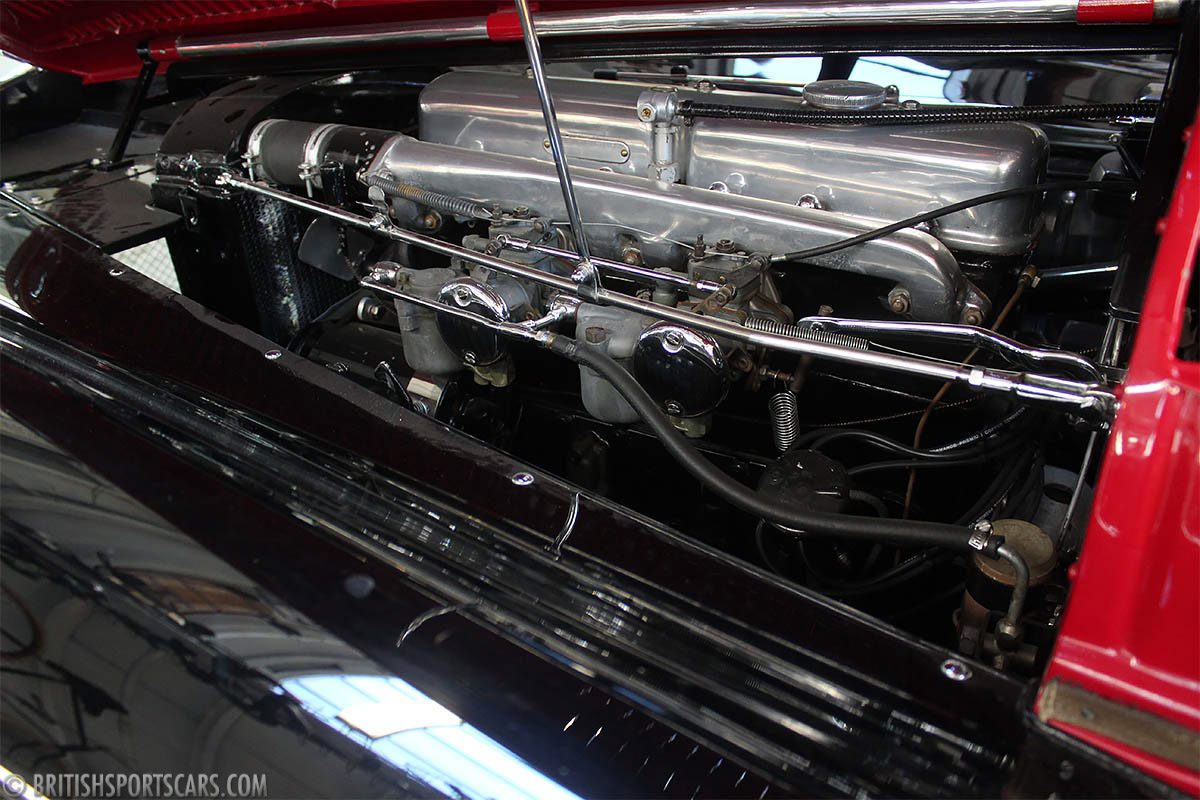
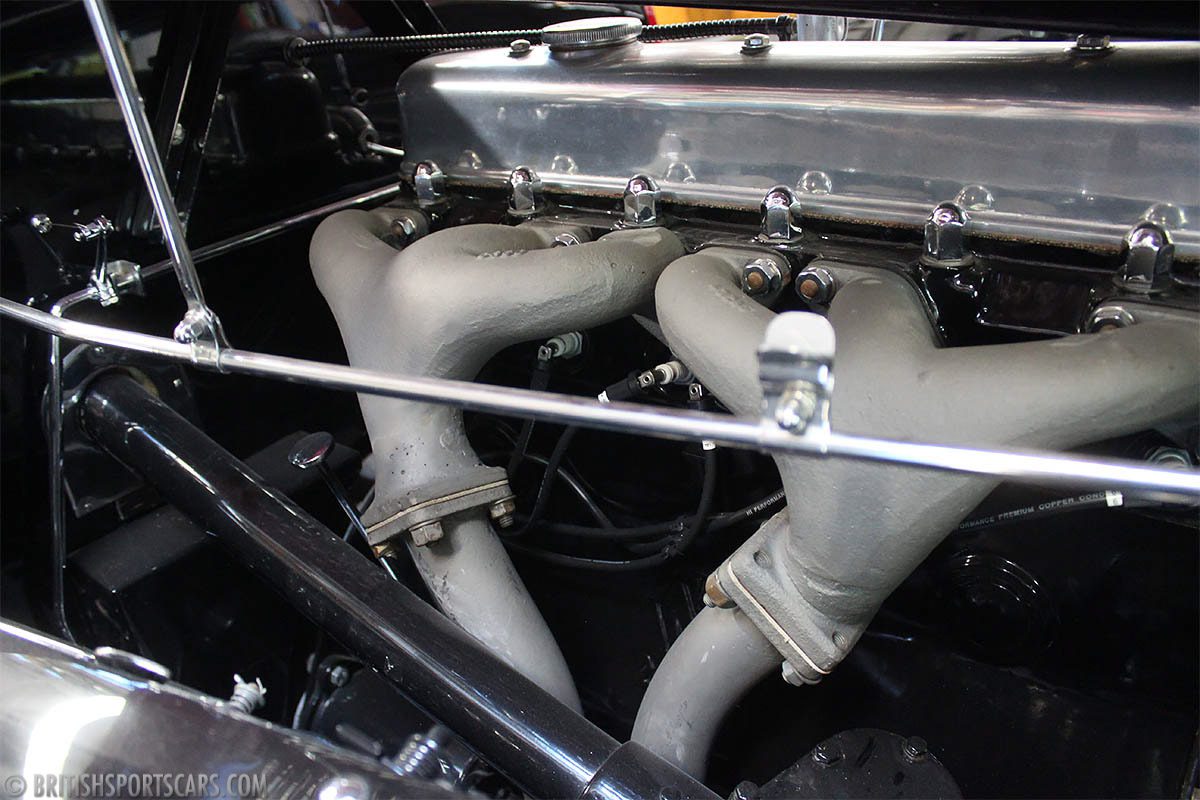
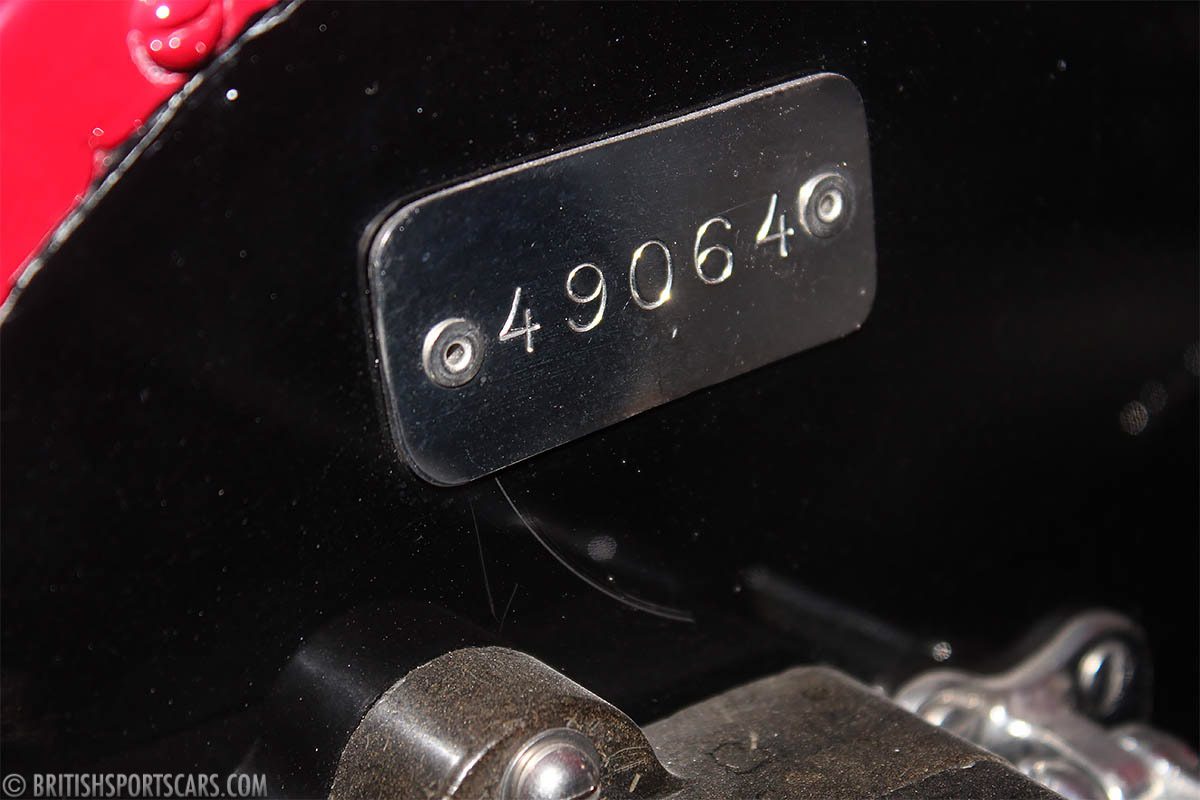
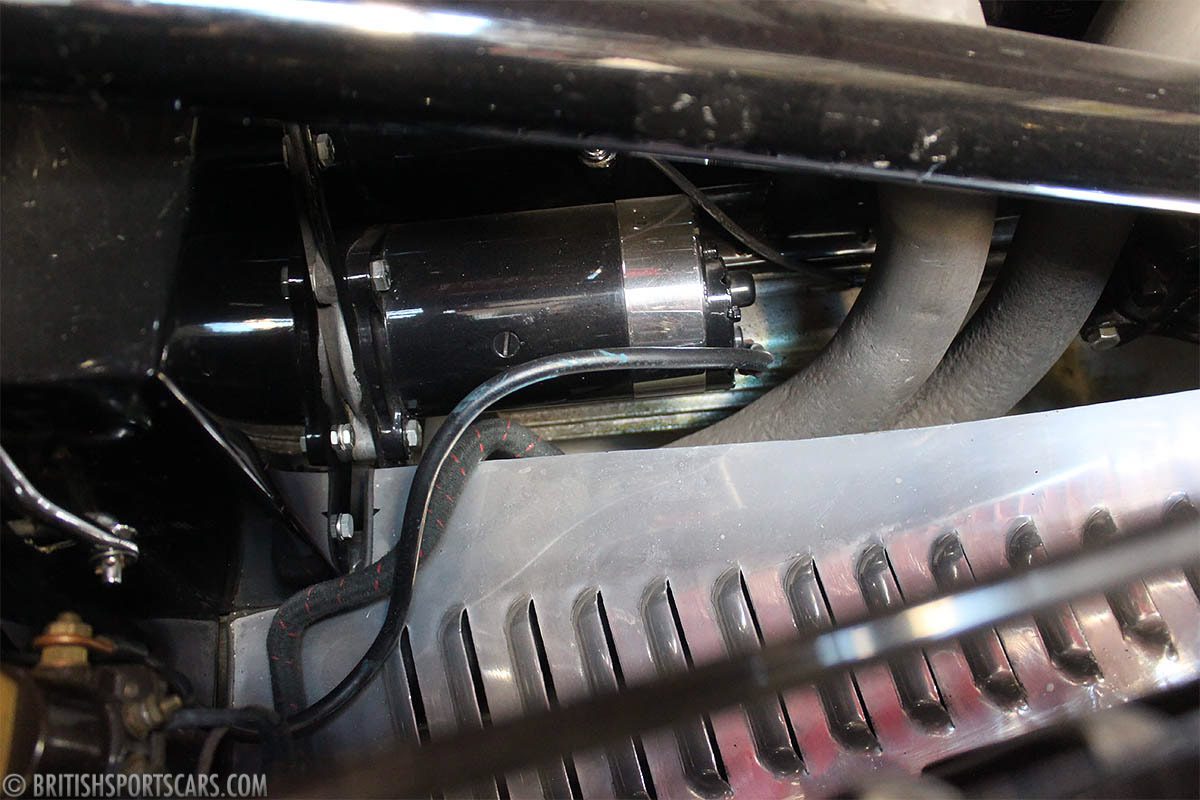
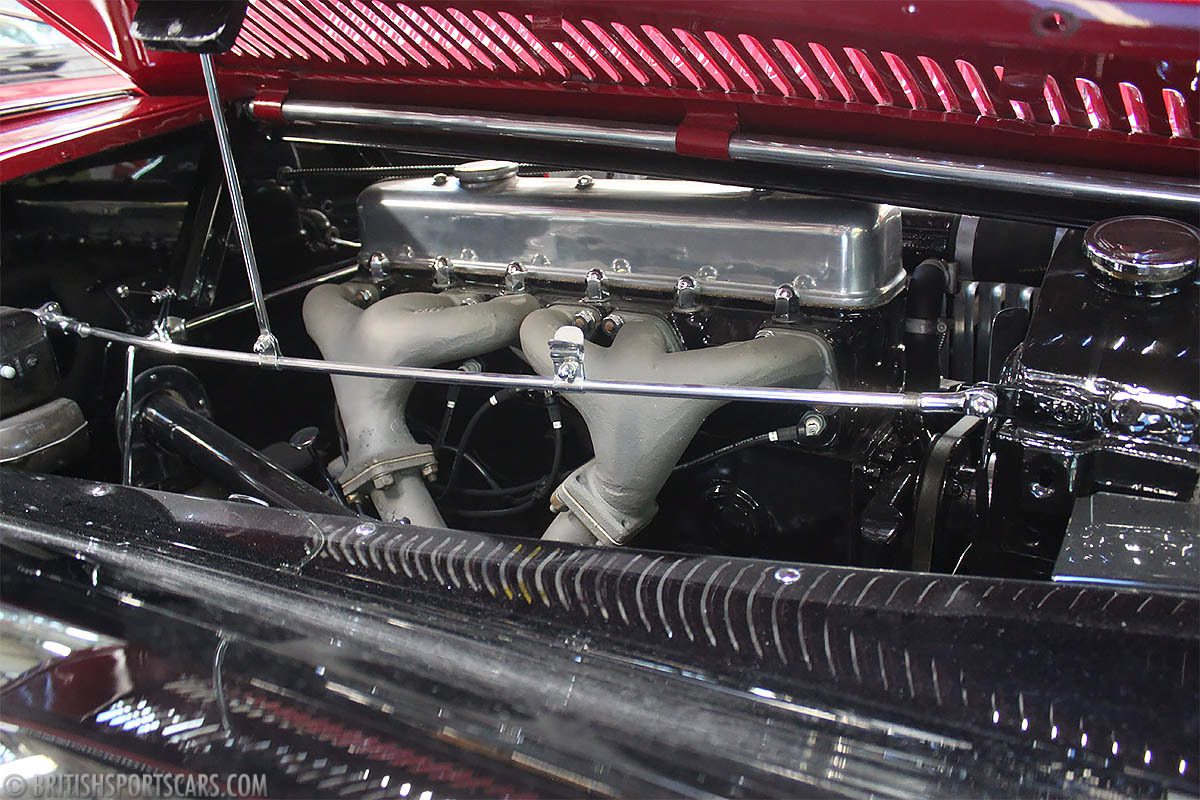
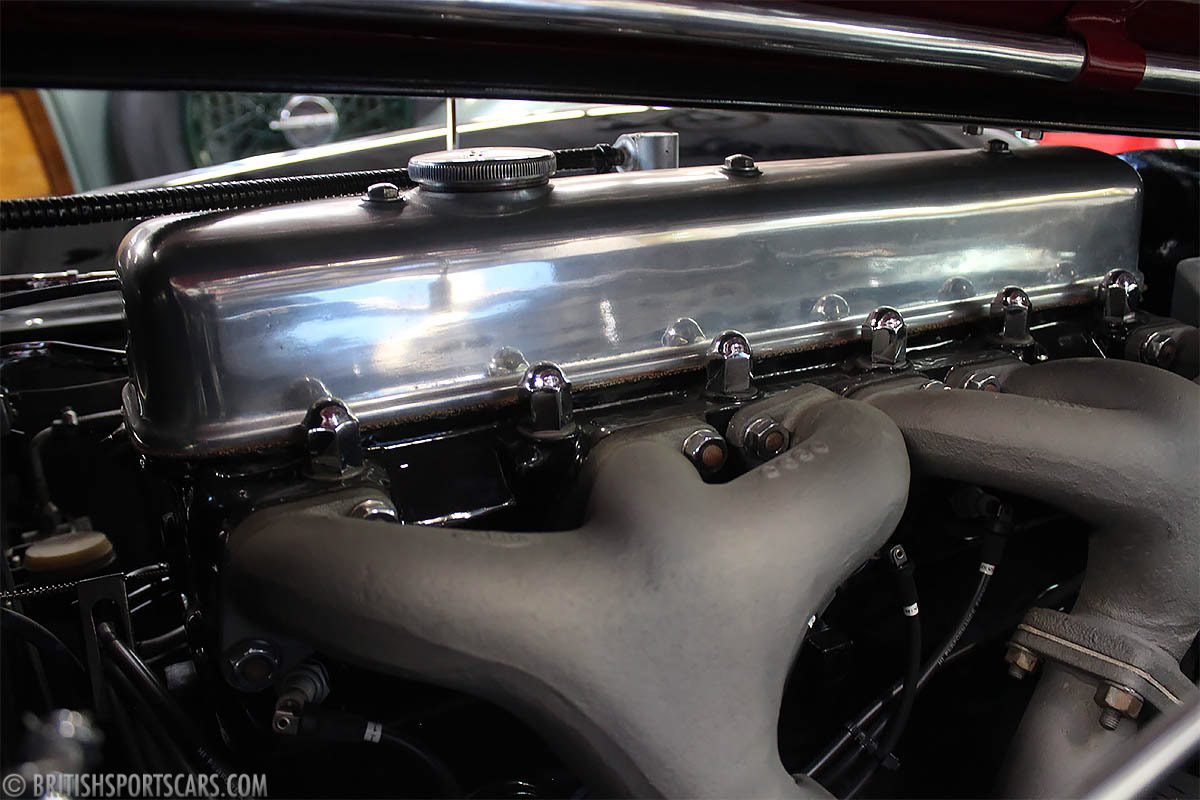
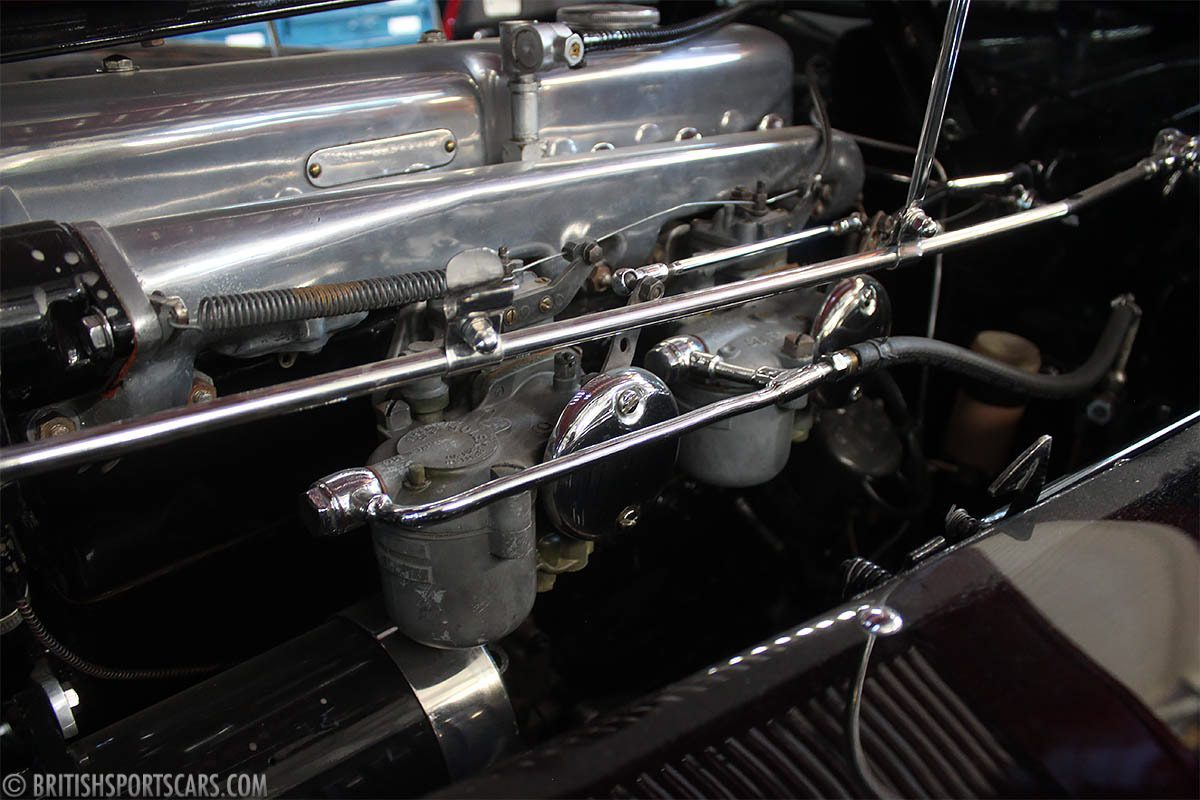
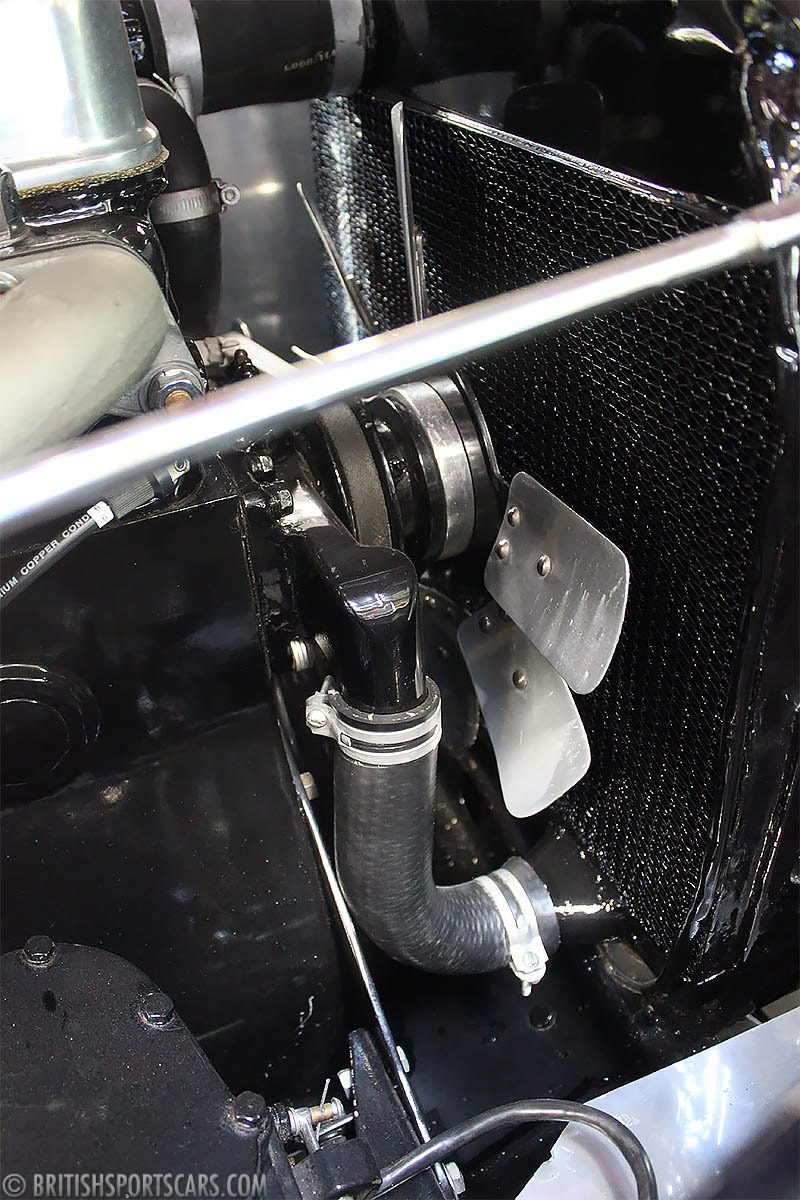
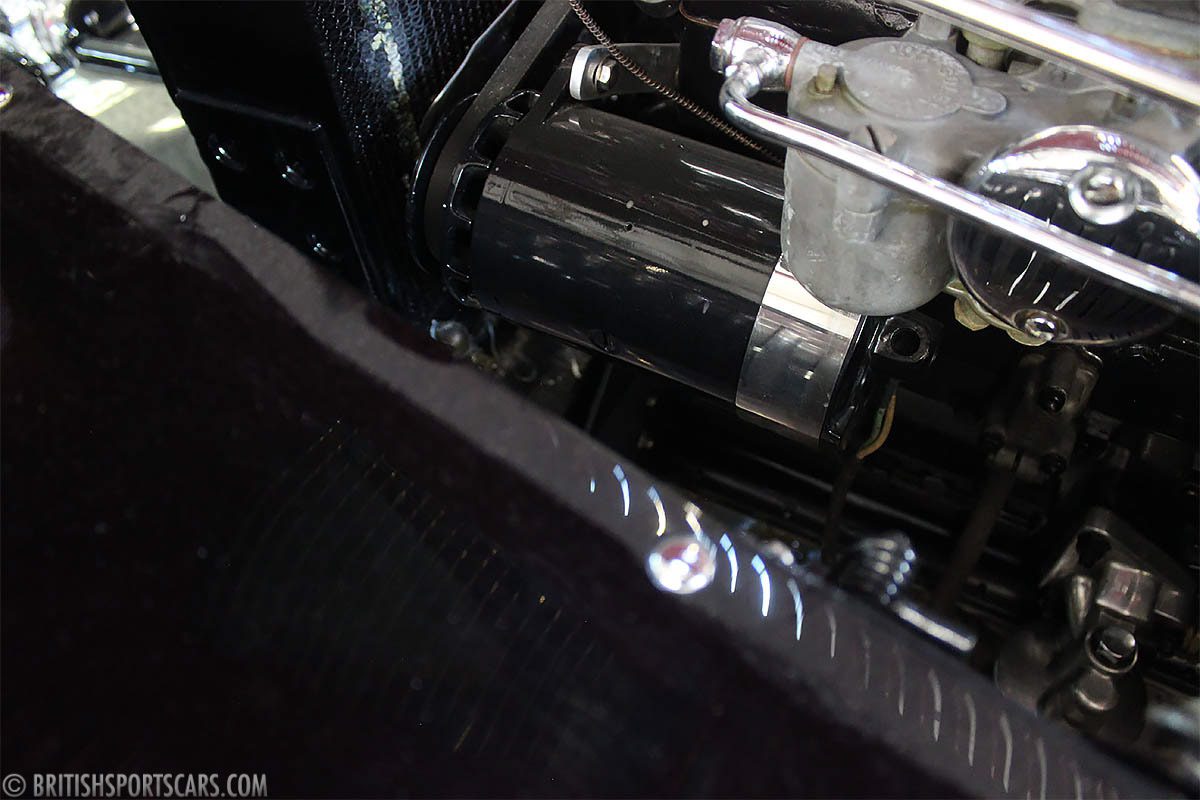
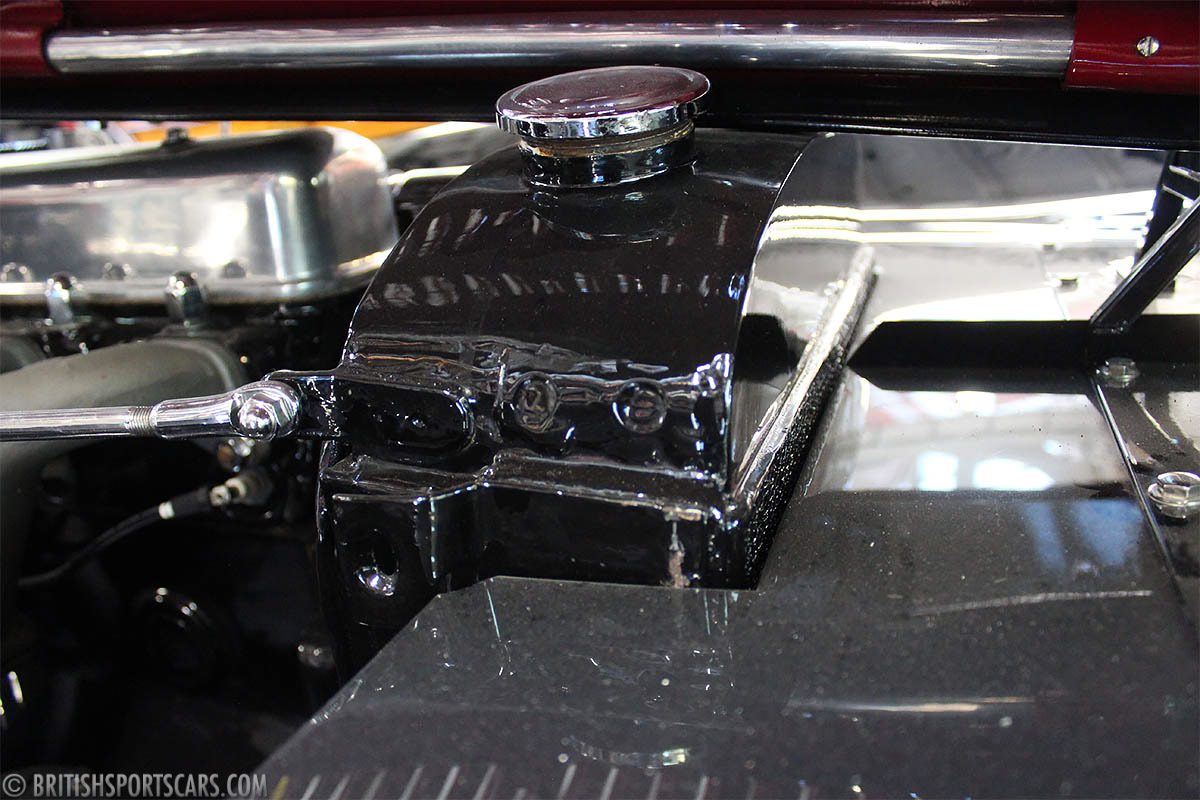
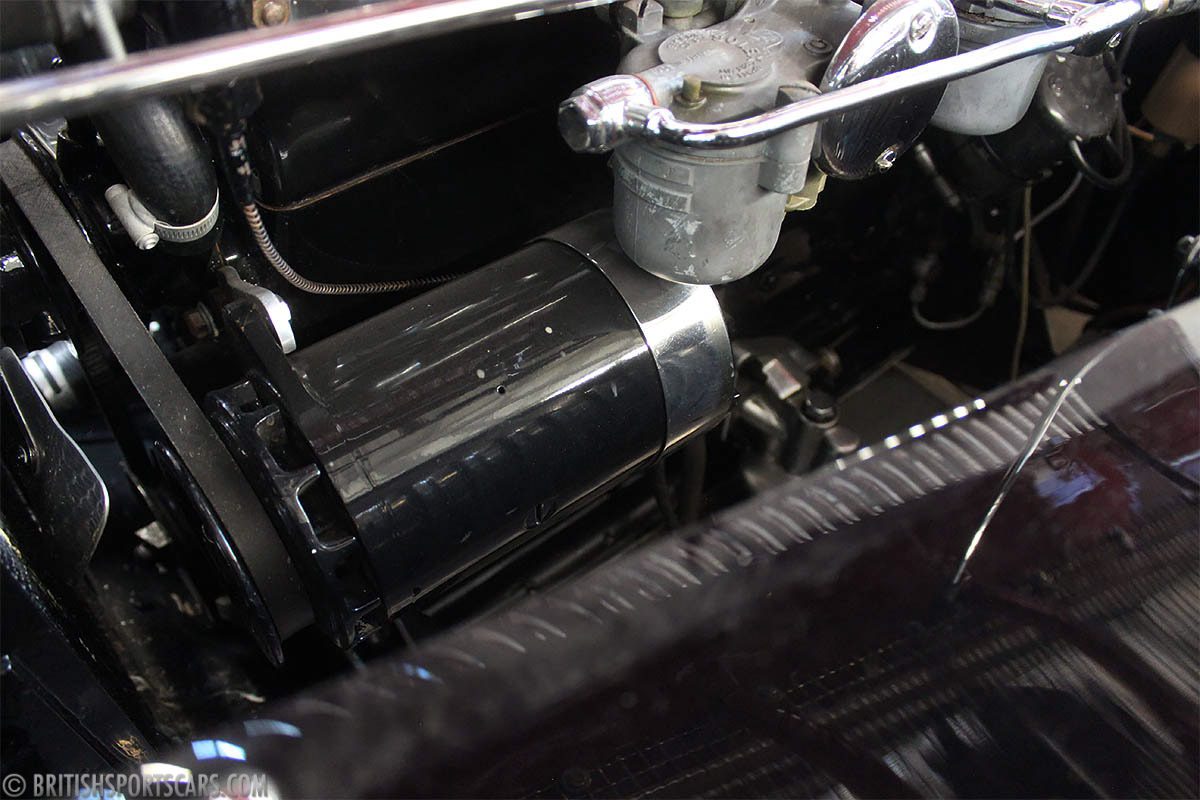
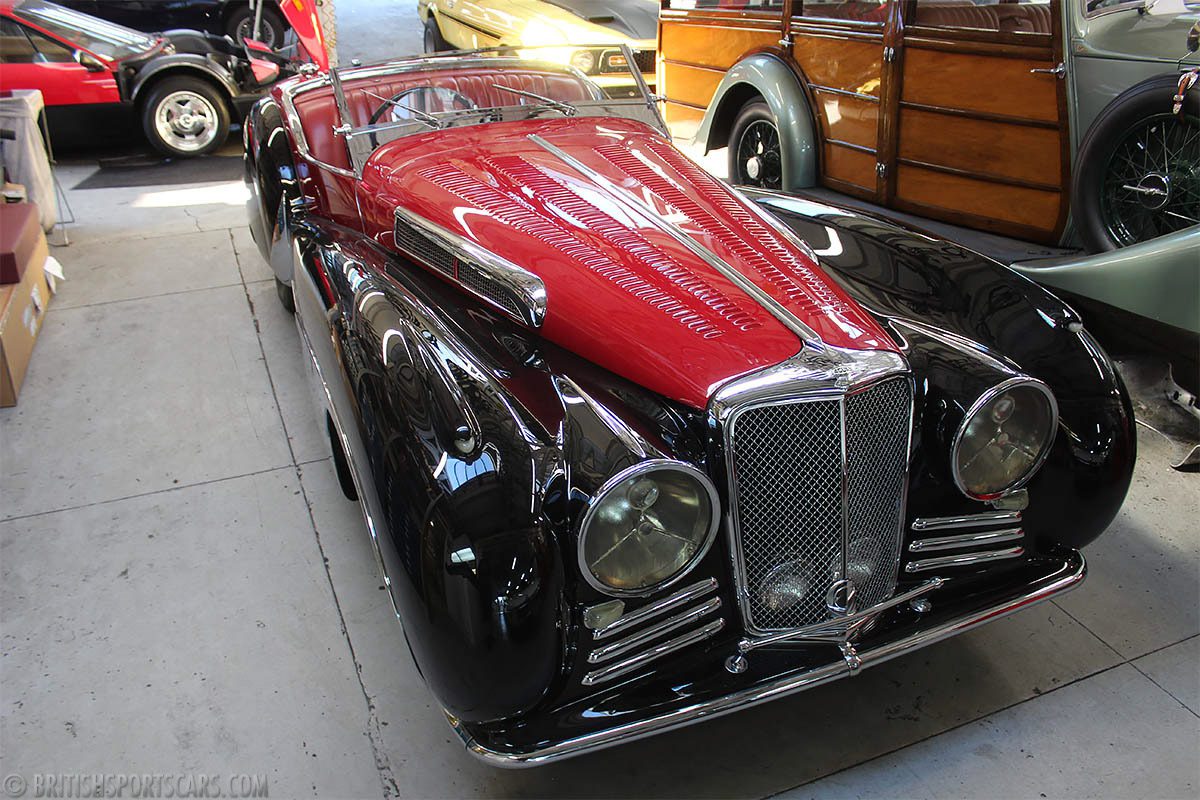
[…] Source link […]
Elegant is an understatement. What a gorgeous piece of art. The curves and lines of it is gorgeous. I think one my favorite aesthetic parts of the car is a simple one, in the sea of red, black, and chrome, that turquoise on the instruments is truly beautiful.
It’s an exciting looking car , but at some stage someone has replaced the original QK 596 head lamps [ or the front section of them] with larger Pre war P100 lamps from an old W O Bentley which over power the front proportions. Vintage Head Lamp restorations in UK [ No connection] can supply originals.
The most informative photos are the B&W ones taken at the time it was made If one googles images of “Van Den Plas SS100 some B&W pics will come up takenen at contemporary shows it was entered in.
The original lamps were only the front section of QK lamps. That is from the rim forward but not including the shell It also had the stoneguards from SS100 QKs as well , So it had the main rim , and the stoneguard rim which held the mesh. The QKs are noticeably smaller. The lamps currently on it are likewise the front sections from the old “Bullseye” P100s fitted to early Bentleys. And these being larger have taken some of the space from the QK main rims
To give some dimensions A QK lamp over the outside of the main rim is 10.25″, a P 100 is 12″ But on a QK lamp the visible part of the lens is 9,25″ but on a P100 the visible part of the lens s 10.25″ so the P100 has been used by deleting the main rim of the P100
I do have some photos which I don’t think I can post here
I’m not meaning to be pedantically critical but a very valuable car is enhanced by being as close at possible to original
Ed you are completely correct. The photos we have show the mesh grill like used on QK lamps. They must use a different rim? You are also correct on the P100. I have never seen a set of “Bullseye P100” and just assumed they were not P100. I shouldn’t have doubted you but I am happy to be corrected and learn.
Just looking at ebay uk now and see a pair of New Alto Lucas horns which are exactly the model visible behind the rad grille in the original photos, instead of the lamps there now
The item number is 263544526878.
The original lamps would by definition need 2 rims on each, The mesh having a separate rim, so that it can be hinged up to clean the glass when it gets dirty The other for the glasss I think that is what is shown originally but just a bit too blurred to see the joint.
Regards,
Ed